The Sony Bravia 9 is undoubtedly a top-tier product, with no hesitation in declaring it one of the best on the market. The manufacturer has clearly invested a great deal of effort into perfecting the dimming algorithms, ensuring they perform flawlessly. This results in an incredibly deep black and a strikingly vivid image. In HDR effects, the television excels, offering over 2000 nits of peak brightness that fills the room and immerses viewers in stunning visuals. While such figures are impressive on paper, the real-world experience surpasses expectations. Sony’s commitment to faithfully representing a film director’s vision is evident here, and the Bravia 9 succeeds. The television also provides an excellent user experience thanks to the Google TV system. The interface is intuitive, and with a vast library of applications, it offers access to a wealth of content tailored to individual preferences. Integration with Google Assistant makes it easy to search for movies, series, or music, and control other smart home devices. These features make using the television a pleasure and simplify daily life. However, not everything is flawless. The Sony Bravia 9 still has room for improvement, particularly with its HDMI port configuration. It includes only two HDMI 2.1 ports, one of which supports eARC, typically used for soundbars or home theatres. Given the premium price, one would expect at least four HDMI 2.1 ports with full bandwidth. The lack of Picture-in-Picture (PiP) functionality might disappoint some users. Despite these shortcomings, the Sony Bravia 9 remains an exceptional product. It’s the first LCD television that can truly compete with OLEDs, offering infinite contrast and a top-tier display without compromise. The Bravia 9 is nearly perfect, combining superior image quality, modern technology, and meticulous attention to detail, making every viewing experience feel like a special event.
- Matching (Score)
- Our verdict
- TV appearance
- Where to buy
- Contrast and black detail
- HDR effect quality
- Factory color reproduction
- Color reproduction after calibration
- Smoothness of tonal transitions
- Image scaling and smoothness of tonal transitions
- Blur and motion smoothness
- Console compatibility and gaming features
- Input lag
- Compatibility with PC
- Viewing angles
- TV efficiency during daytime
- Details about the matrix
- TV features
- Apps
- Playing files from USB
- Sound
Sony Bravia 9 (XR90) vs TCL C6K
Direct compare
Check the best price offer:
Sony Bravia 9 (XR90)BRAVIA 9 / XR90
C6K / C69K / Q6C

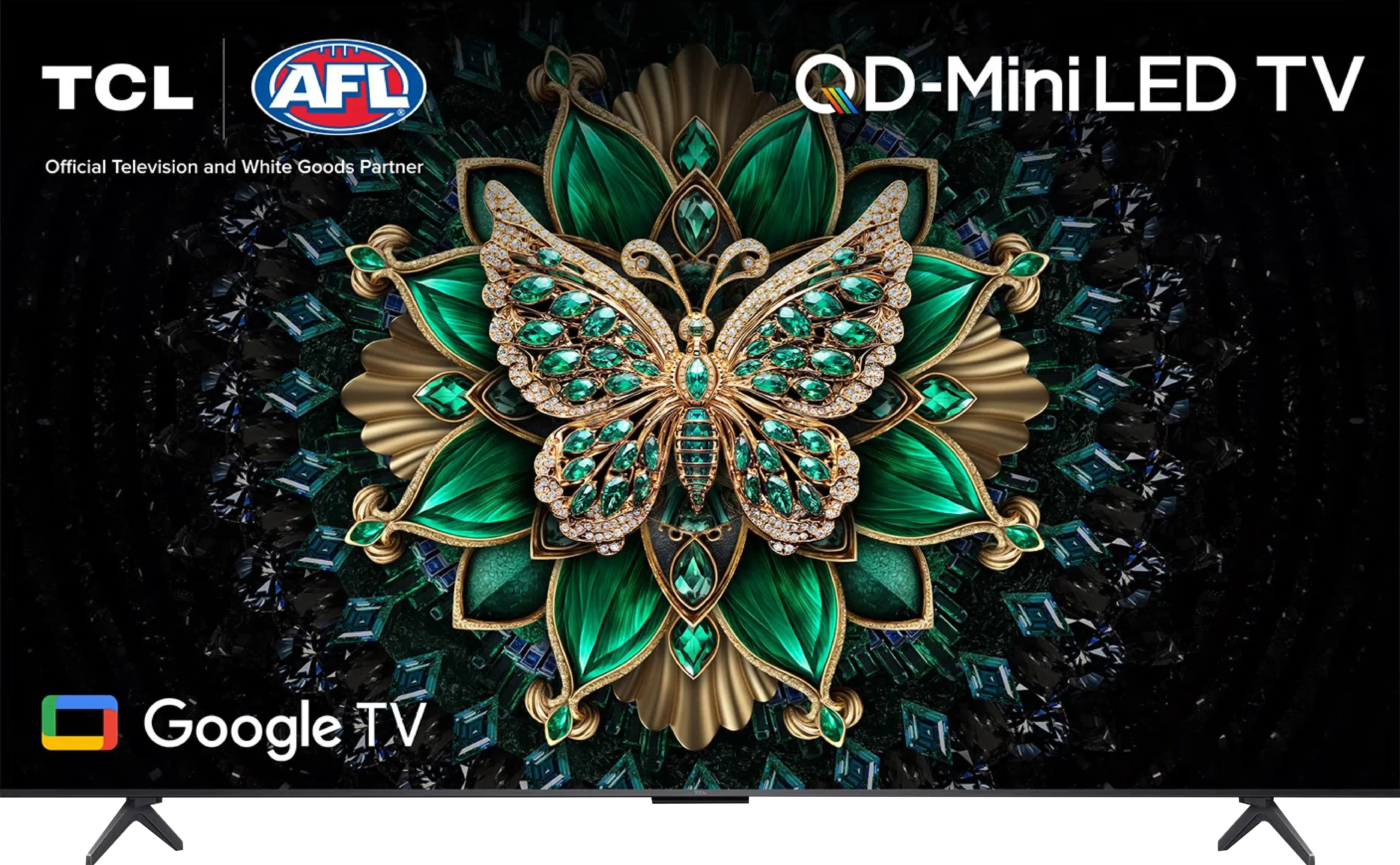
Panel type: LCD VA (wide viewing angle)
Resolution: 3840x2160
System: Google TV
Model year: 2024
Complete the survey to find out the result

Panel type: LCD VA
Resolution: 3840x2160
System: Google TV
Model year: 2025
Complete the survey to find out the result

Overall rating
8.8
7.1
Movies and series in UHD quality
8.4
6.7
Classic TV, YouTube
8.4
6.6
Sports broadcasts (TV and apps)
8.5
6.3
Gaming on console
9.2
8.4
TV as a computer monitor
7.6
8.6
Watching in bright light
9.5
6.4
Utility functions
8.8
7.0
Apps
9.6
9.6
Sound quality
9.4
6.5
Complete the survey to find out what fits your preferences
Advantages
Amazing brightness results of HDR materials
Very good color reproduction after calibration
Advanced motion smoothing system
Noticeable positive effect of the image processor
Faithfulness to the source material
Versatile GoogleTV operating system
Good (for a VA panel) viewing angles
Very good contrast and black level: VA panel and MINI-LED backlighting
Good motion fluidity: High refresh rate of 144Hz
Decent panel brightness
Many features for gamers: VRR, ALLM, HDMI 2.1, HGiG
Additional mode for PC gamers: 240Hz
Google TV system with a wide selection of apps
Support for multiple HDR formats including Dolby Vision
Support for Dolby Atmos and DTS
Very attractive price
Disadvantages
Only 2 HDMI 2.1 ports - including one ARC
Missing picture-in-picture (PiP) feature
Price
Managing the backlighting could be better
Language errors in the system
Our verdict
The TCL C6K is a television for those who want to combine gaming and watching movies with good contrast, without spending a fortune. Thanks to the VA panel with Mini-LED backlighting, blacks are deep and contrast is high, so evening screenings look truly spectacular. Additionally, it offers decent brightness, which, combined with Dolby Vision, makes movies take on a cinematic character. The fluidity of the image is also significant – the 144Hz refresh rate does wonders for sports and dynamic games, and gamers get a full package of extras: VRR, ALLM, HDMI 2.1, HGiG, and even a 240 Hz mode in PC. On a daily basis, the television is powered by Google TV, which offers a ton of apps and the Gemini AI voice assistant, making operation convenient and flexible. It's also worth mentioning the sound – support for Dolby Atmos and DTS gives the impression that the equipment is ready not just for gaming. As is often the case, there are a few things that could be improved. The backlighting in difficult scenes can lose details or wash out blacks, and Polish translations in the menu can be so clumsy that one has to wonder what they actually mean. Despite this, the overall performance holds up very well, and given the price, the TCL C6K could be one of the more interesting choices for someone looking for a versatile television for movies, sports, and games. Especially when a good promotion comes along – and when TCL traditionally polishes up the details in updates.
TV appearance




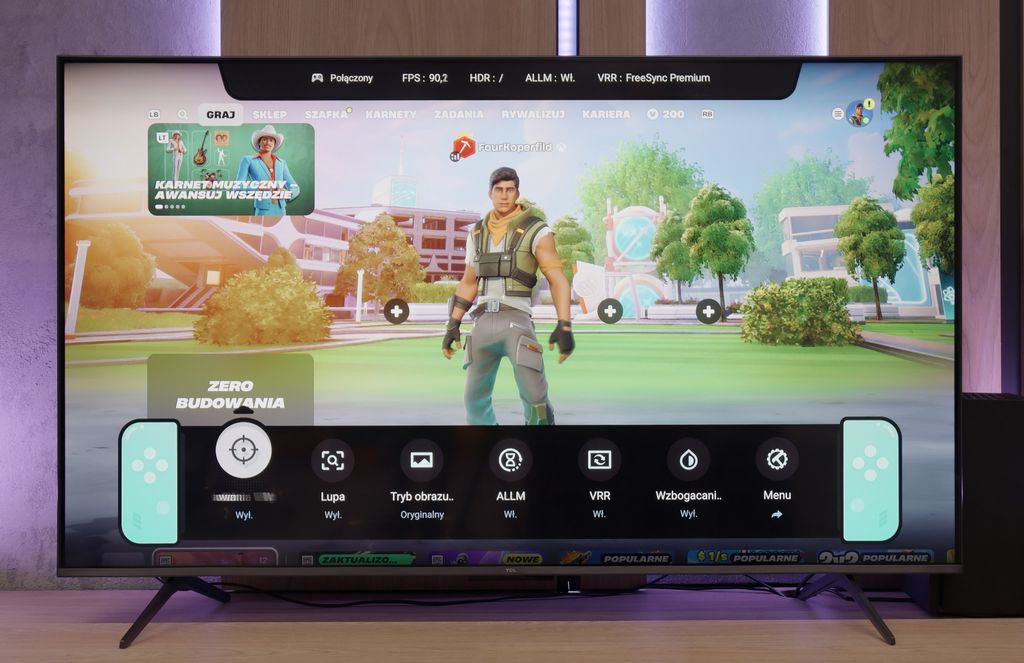
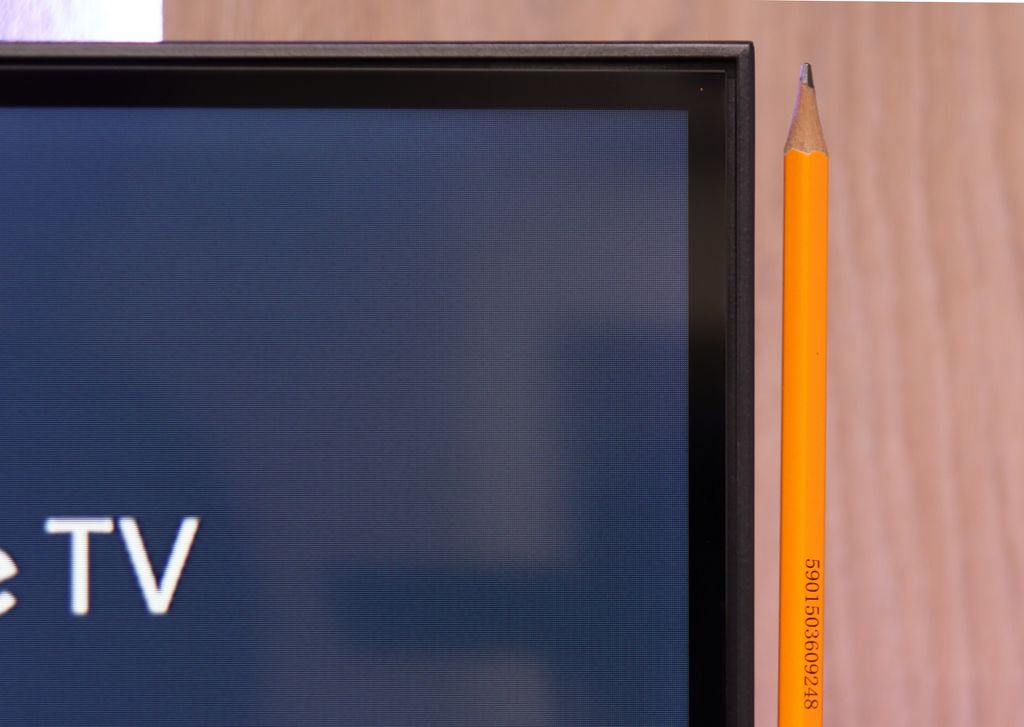
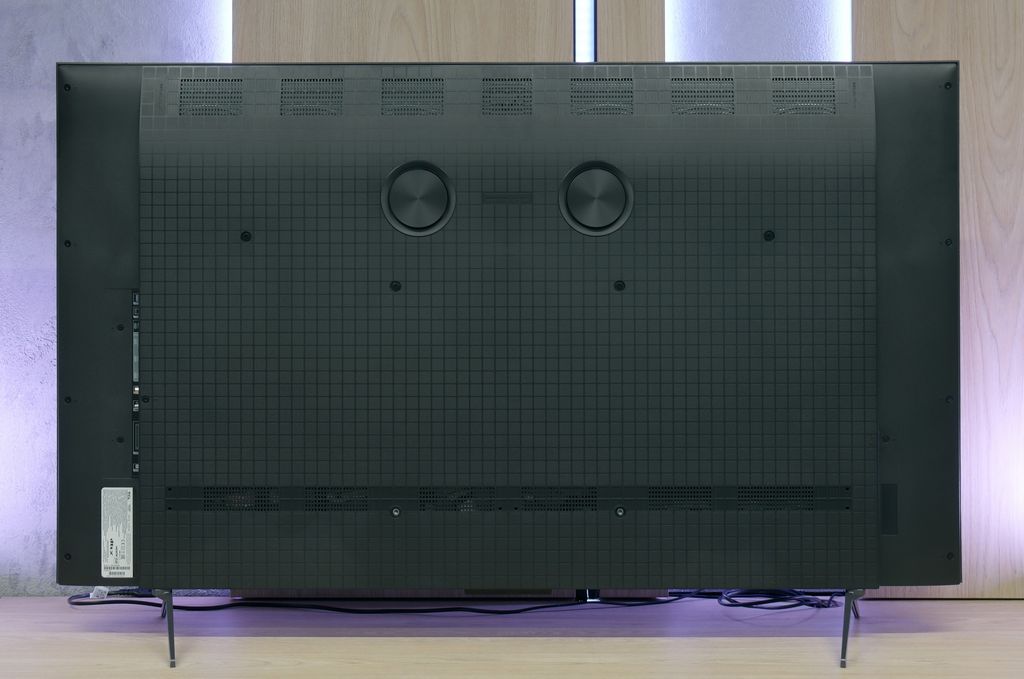
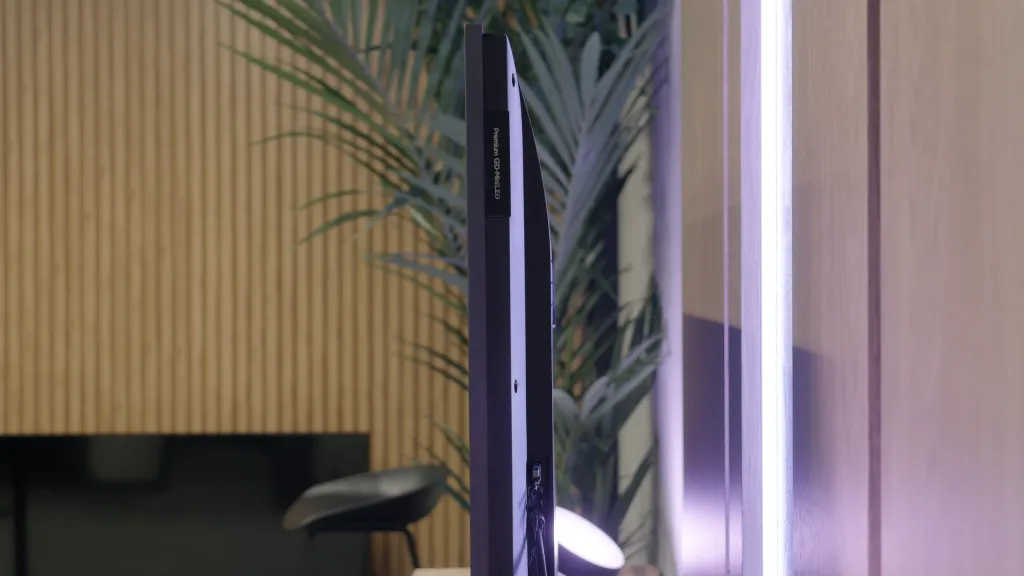
Contrast and black detail
8.6/10
7.3/10
Local dimming function: Yes, number of zones: 1920 (60 x 32)
Local dimming function: Yes, number of zones: 180 (10 x 18)
Contrast:

Result
184,000:1

Result
98,500:1

Result
120,000:1

Result
9,050:1

Result
5,800:1

Result
114,000:1

Result
17,300:1

Result
16,200:1

Result
9,900:1

Result
4,850:1
Halo effect and black detail visibility:

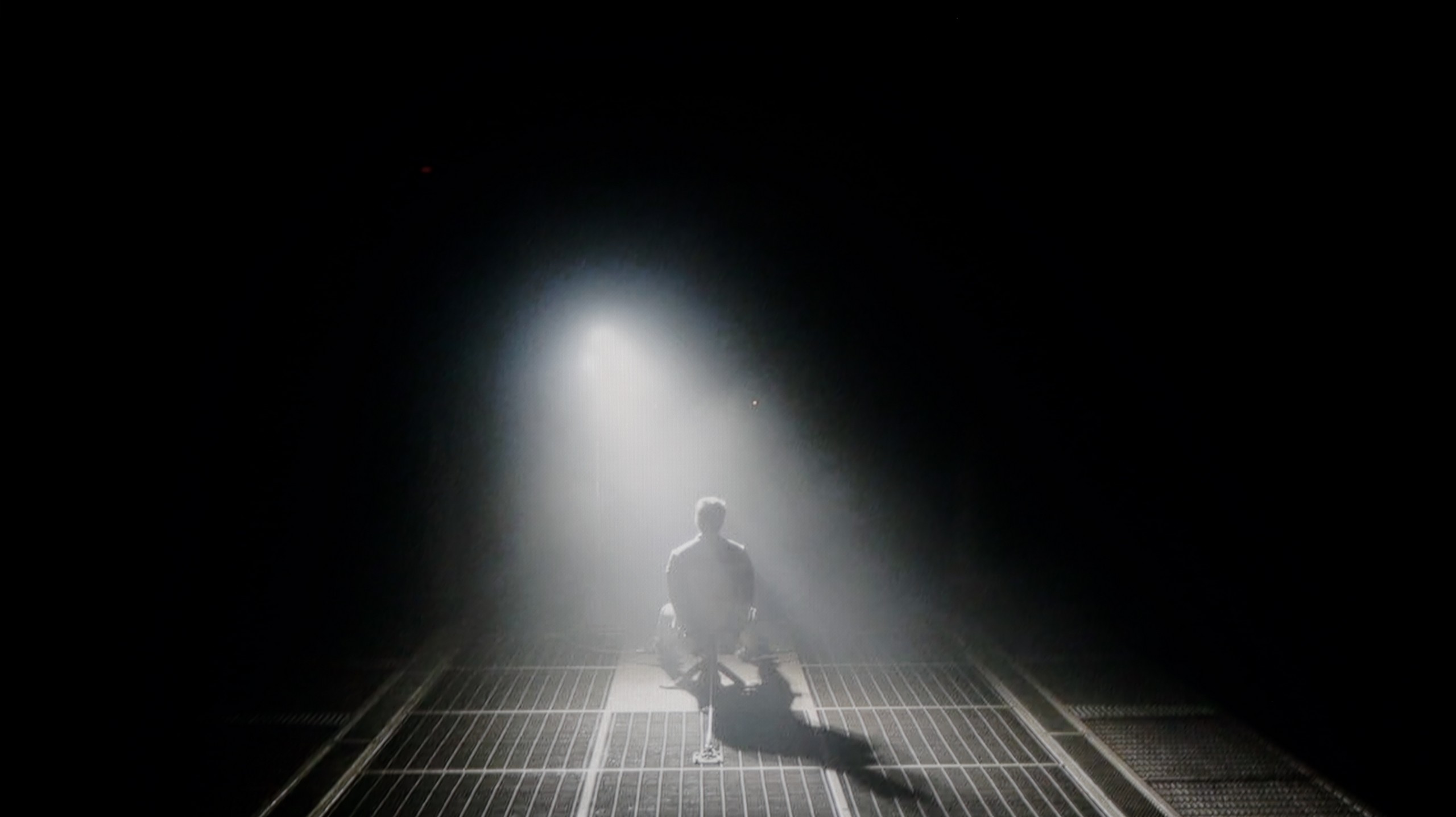
The Sony Bravia 9 features a high-contrast VA panel supported by a backlight made of Mini LED diodes, with the 75" model boasting a remarkable 1920 zones. This combination, paired with advanced — and arguably the best — zone dimming algorithms, results in exceptional contrast and deep black levels. While it doesn’t quite match the black levels of OLED TVs, the performance is still impressive, especially compared to other televisions, which struggle to reproduce a director’s intended vision.
Looking at two test scenes from Oblivion and The Revenant, we can see the backlight algorithms at work, exhibiting mature handling of contrast that preserves black levels without compromising the original image. The blooming/halo effect observed in the second film is noticeably less pronounced in person, with the camera lens amplifying the effect. Additionally, challenging details in the second and third planes of the scene are clearly visible and not lost in the black, showcasing the Bravia 9’s ability to reproduce fine details.
The TCL C6K is based on a VA matrix, more specifically HVA produced by TCL CSOT, which already provides a solid native contrast of 6000–7000:1 without the use of local dimming. However, the real strength of this model is the Mini-LED backlighting with the ability to dim individual zones. In the tested 55-inch version, we counted about 180 of them, and as the diagonal increases, this number naturally rises. For a television in this price segment, the contrast is truly impressive. In simpler film scenes, such as excerpts from "Oblivion," it performs excellently, and shots completely filled with black make a great impression. Of course, due to the nature of Mini-LED technology, it’s not always possible to avoid issues – in more challenging frames with many bright details, halo effects or too strong dimming of some elements appear (regardless of local dimming settings). Nevertheless, the contrast can be considered a strong point of the C6K.
HDR effect quality
8.6/10
4.9/10
Luminance measurements in HDR:

Result
2199 nit

Result
1700 nit

Result
1717 nit

Result
1751 nit

Result
1741 nit

Result
612 nit

Result
202 nit

Result
424 nit

Result
144 nit

Result
587 nit
Scene from the movie “Pan” (about 2800 nits)

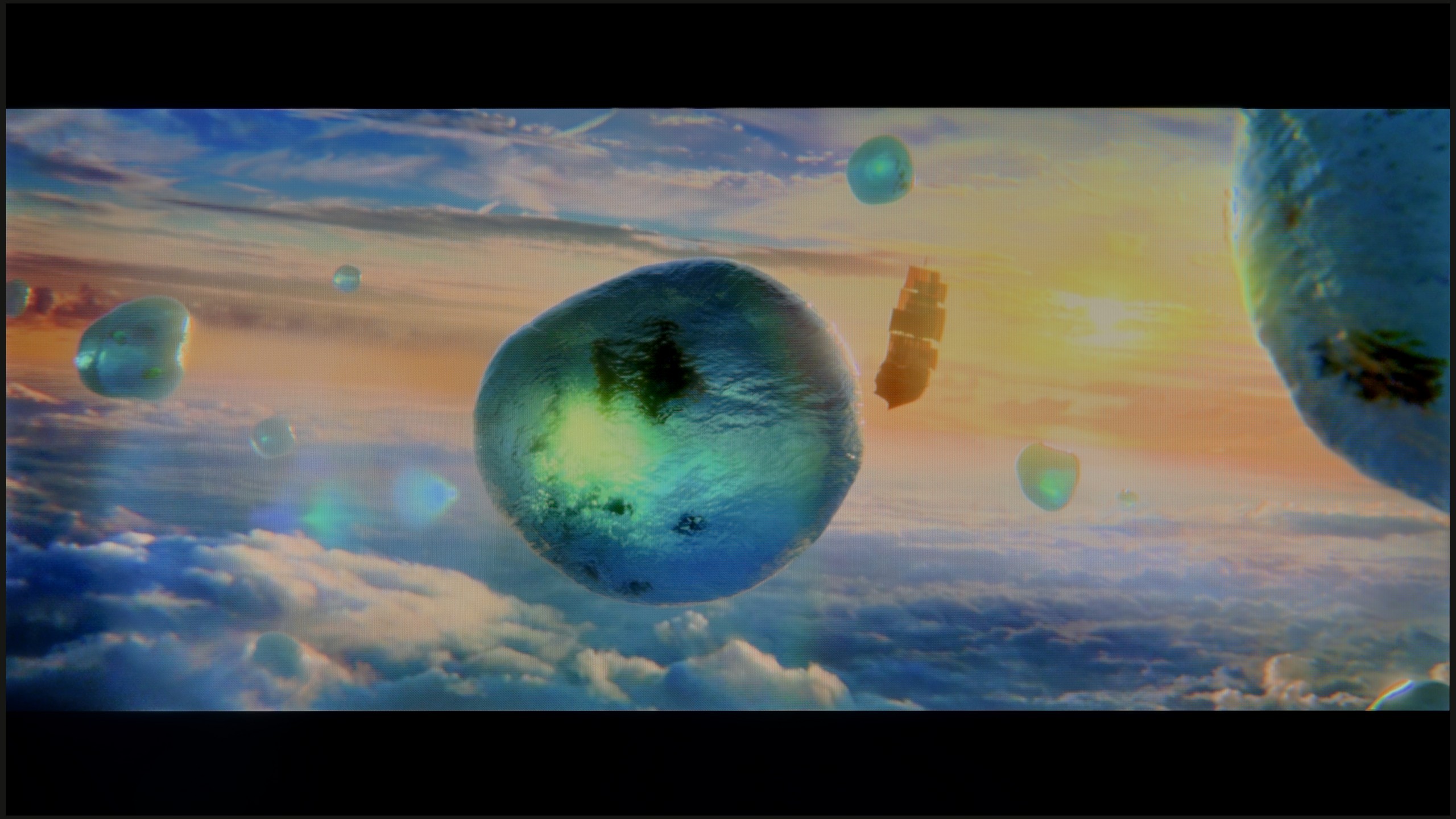
Scene from the movie “Billy Lynn” (about 1100 nits)

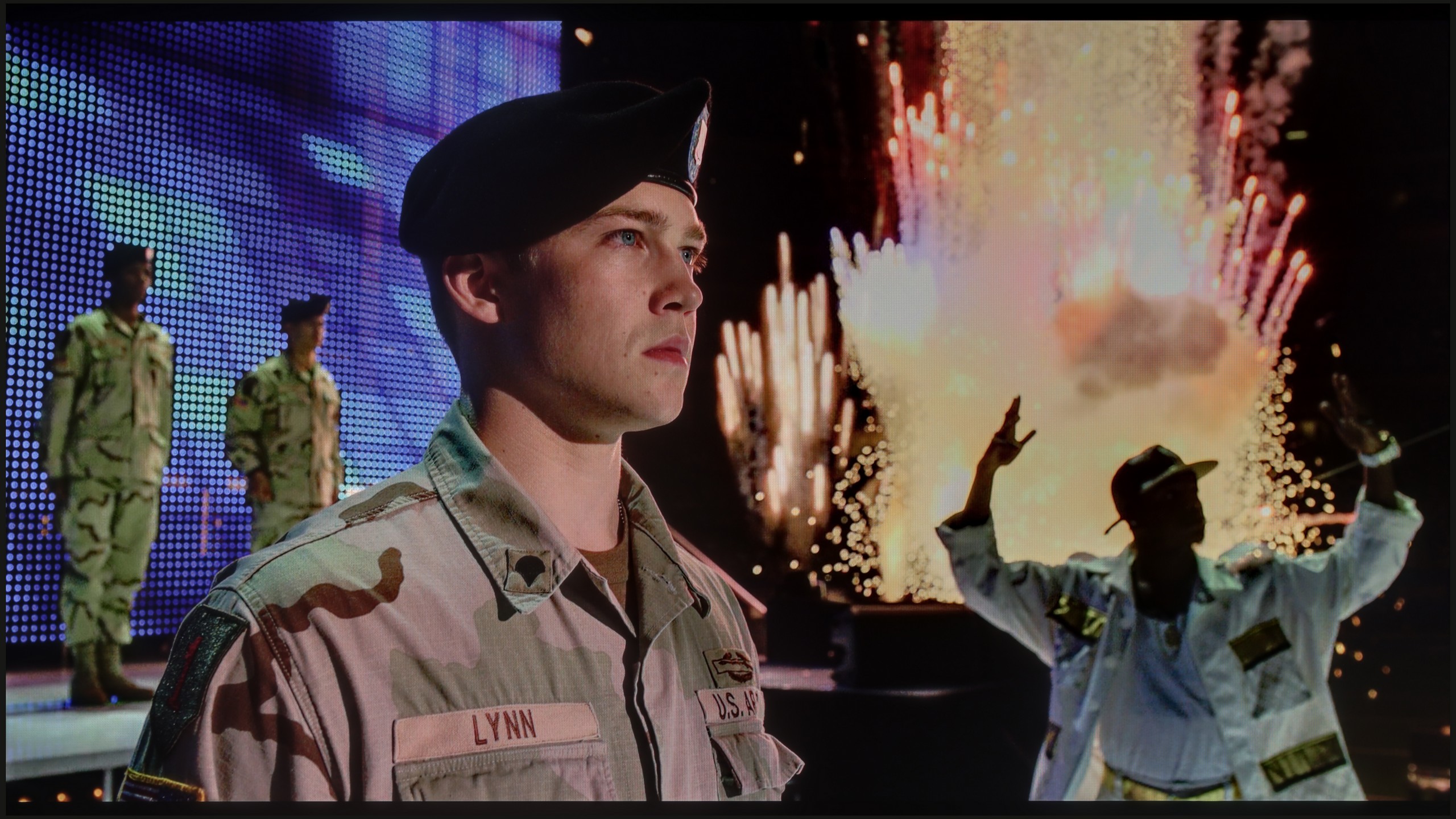
Static HDR10


Dynamic: Dolby Vision
Dynamic: Dolby Vision


HDR luminance chart:
TCL C6K
HDR luminance
Sony Bravia 9 (XR90)
HDR luminance
The brightness performance of the Sony Bravia 9 is exceptional. Each scene reaches over 1500 nits, and the television can shine even brighter during movie playback. This level of brightness provides an extraordinary viewing experience, allowing for immersive interaction with high-quality video content. Thanks to its extensive coverage of the DCI-P3 colour gamut, the image is vibrant, and when combined with such high luminance, it almost feels alive. With its impressive peak brightness, viewers can fully appreciate the colour range, even in the most challenging scenes involving dynamic lighting changes. The Bravia 9 also supports Dolby Vision and HDR10 formats, further elevating the viewing experience.
TCL C6K is a moderately bright TV that can showcase its full potential under the best cinematic conditions – the maximum brightness is around 600 nits. In scenes with large, intense light sources, the HDR effect can be really satisfying, providing a sense of cinematic brilliance. However, it should be noted that when managing the backlighting zones, there are situations where some elements become dimmed and sometimes can even become barely visible. It is clear that there is a lack of proper algorithm optimization here, although looking at the technical parameters in this price range, the design itself performs very well.
Factory color reproduction
8.1/10
5/10


Factory Mode
After calibration


Factory Mode
After calibration
The "IMAX Enhanced" factory mode has remained the best option in Sony televisions for years, and it was used throughout the entire testing process. While it aligns closely with the reference compared to other predefined settings, improvements could be made for a better viewing experience.
In SDR materials, the gamma shows a noticeable boost, which leads to over-contrasting the image. Additionally, the beginning of the graph deviates significantly from the reference, resulting in merged details in the darker areas, creating an unpleasant uniform blotch. The EOTF curve in HDR content, on the other hand, appears mostly correct, with only minor deviations from the reference.
However, the most prominent issues affect the white balance. There is a persistent green colour dominance, leading to problems with grey tones and overall colour misalignment. This imbalance in the white balance gives the image an unwanted greenish tinge, negatively impacting the overall visual quality.
This year's TCL televisions feature a Filmmaker mode, and it must be admitted that it is definitely the best choice straight out of the box. This is the mode we recommend for everyday watching of movies and series. Unfortunately, as is often the case, the best doesn't mean perfect. In the case of SDR content, the image was too warm because the red was strongly emphasized in the white balance. On the other hand, with HDR content, we had the opposite impression – the image became cooler than it should have been due to excess blue. Additionally, the brightness characteristic sometimes led to highlights being blown out. In practice, this resulted in quite noticeable color test inaccuracies that are hard to accept in a mode advertised as "by the creators."
Color reproduction after calibration
9.3/10
7.5/10

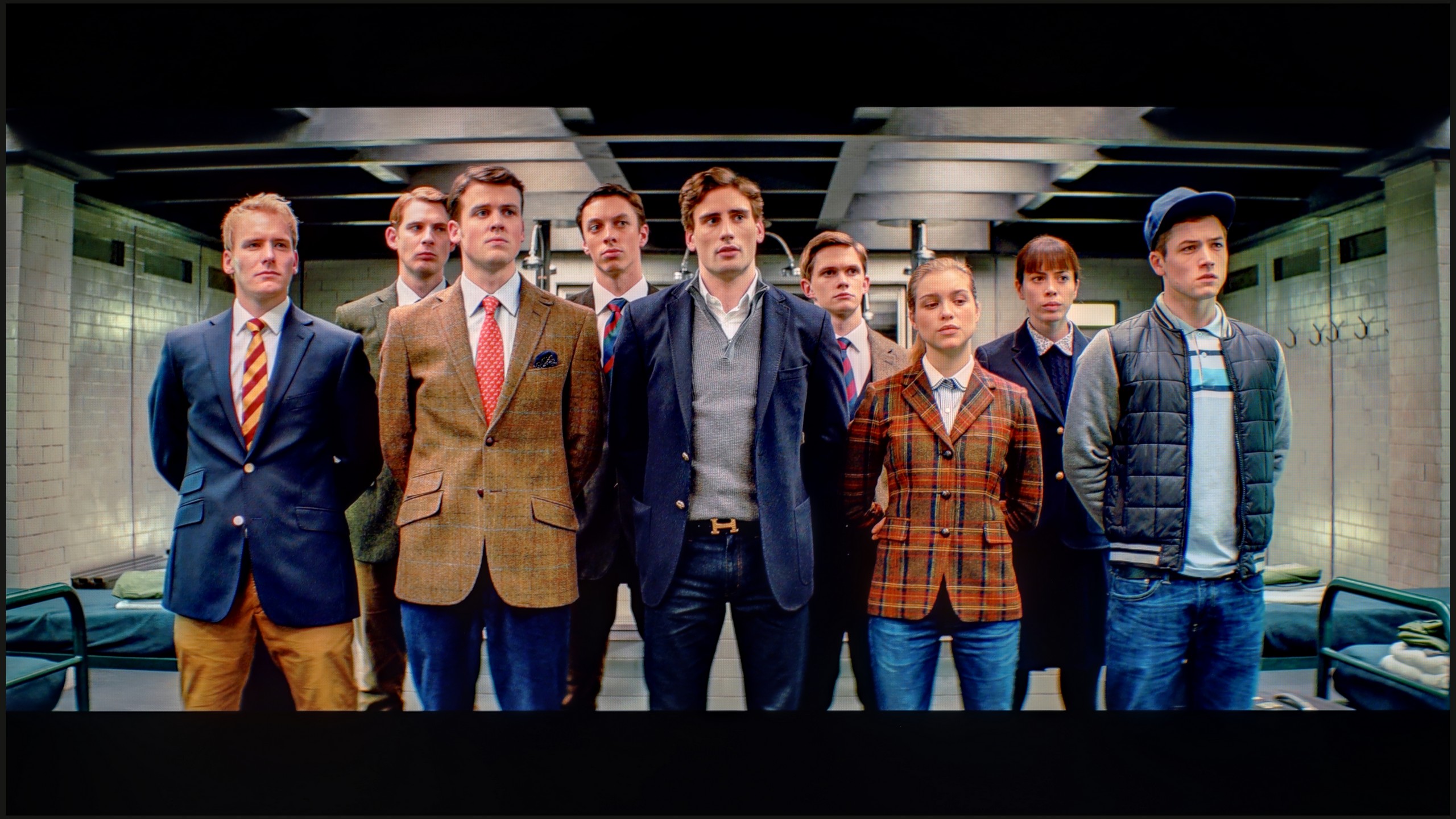

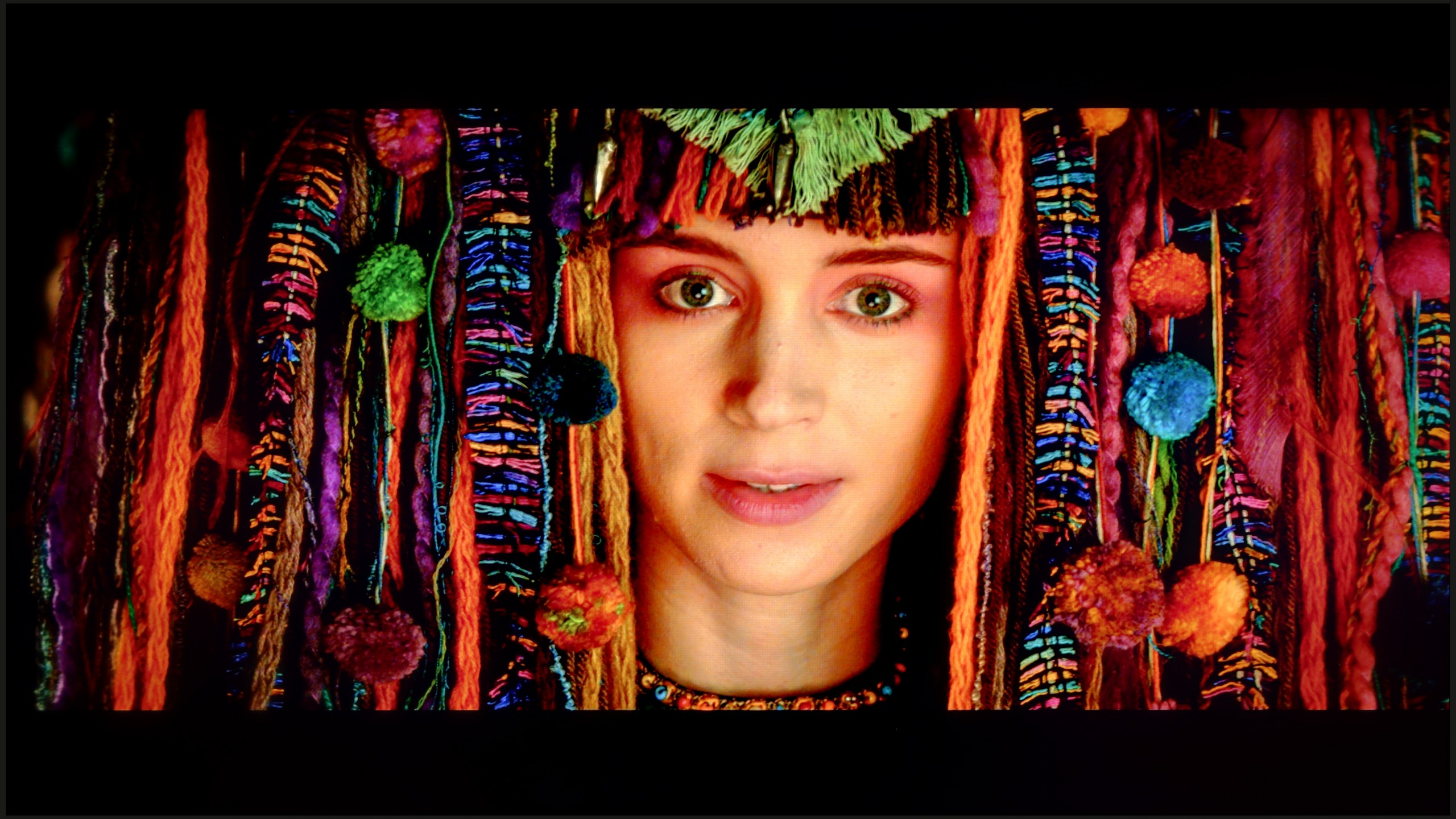
The colour reproduction after the calibration process on the Sony Bravia 9 is nothing short of excellent. Regardless of the signal, whether SDR or HDR, the image comes remarkably close to the director's intended vision. Nearly every flaw in the image has been meticulously modelled and corrected to a high degree.
This impressive result can be attributed to the advanced tools available for calibration, which Sony has been offering in its televisions for years. Notable tools include the 2- and 20-point grayscale calibration and a very comprehensive CMS (Colour Management System). These features allow for precise adjustments, ensuring that the colours and overall image quality are as accurate and faithful to the source material as possible.
Thanks to the white balance correction, it was possible to significantly reduce the C6K's tendency to distort colors, which resulted in a very good final outcome. After calibration, we will no longer observe the effect of excessive warming of scenes in SDR or overly cooling the image in HDR. However, it is worth taking a closer look at the brightness characteristics. In SDR content, there are few complaints – the image looks really good, especially in older movies, TV shows, or materials from YouTube. This is much worse for HDR content. Analysis of the EOTF curve suggests that everything is fine, but in practice (EOTF in films), the limitations of the construction become apparent. The TV tends to overly brighten the smallest parts of the frame, and in other situations, it can dim the entire scene too much. The effect of calibration is therefore evident, and in terms of color, the C6K has gained quite a lot, but certain limitations arising from local dimming and, in fact, its management by the C6K simply cannot be overcome.
Smoothness of tonal transitions
7.1/10
9.5/10

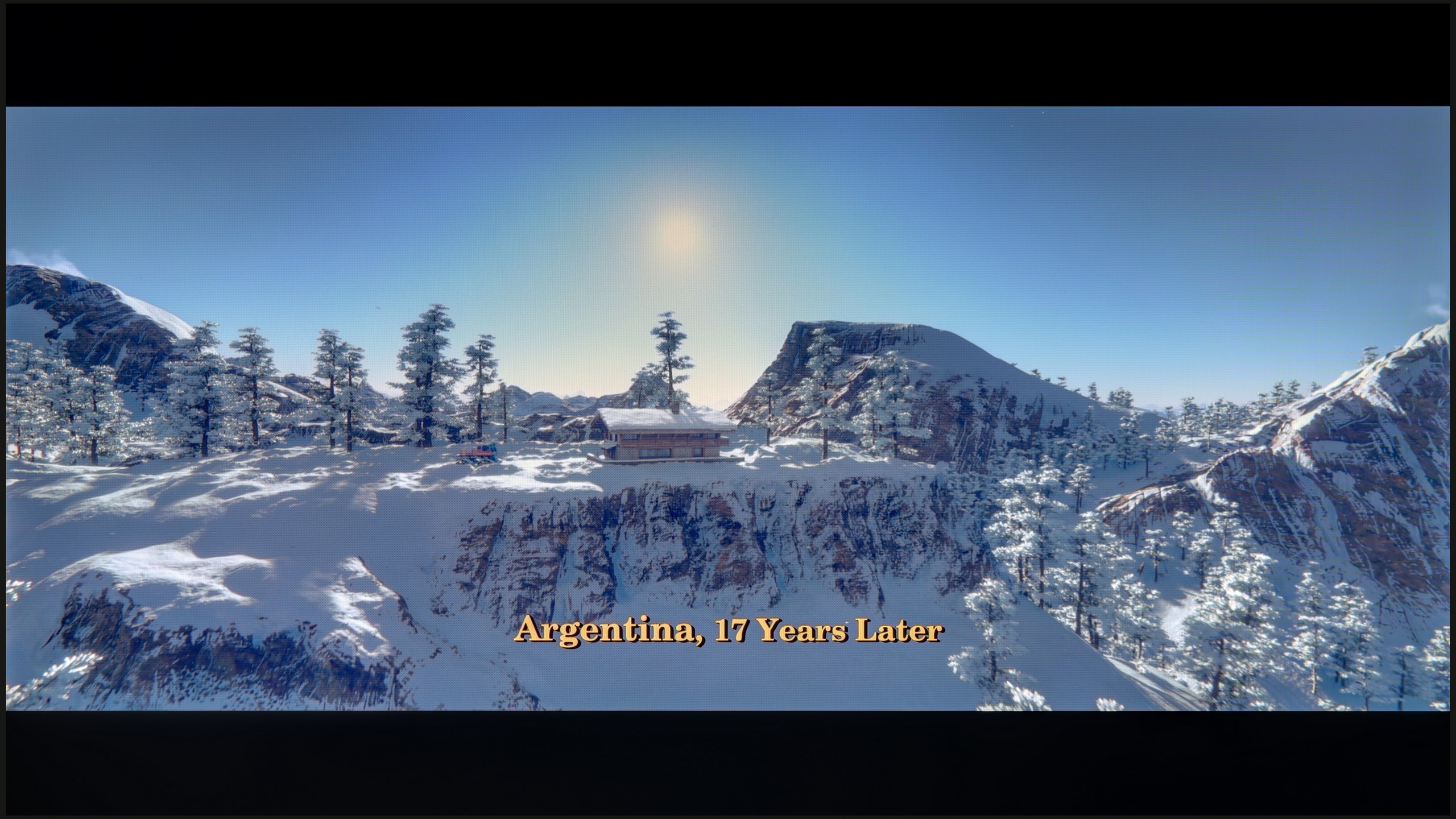

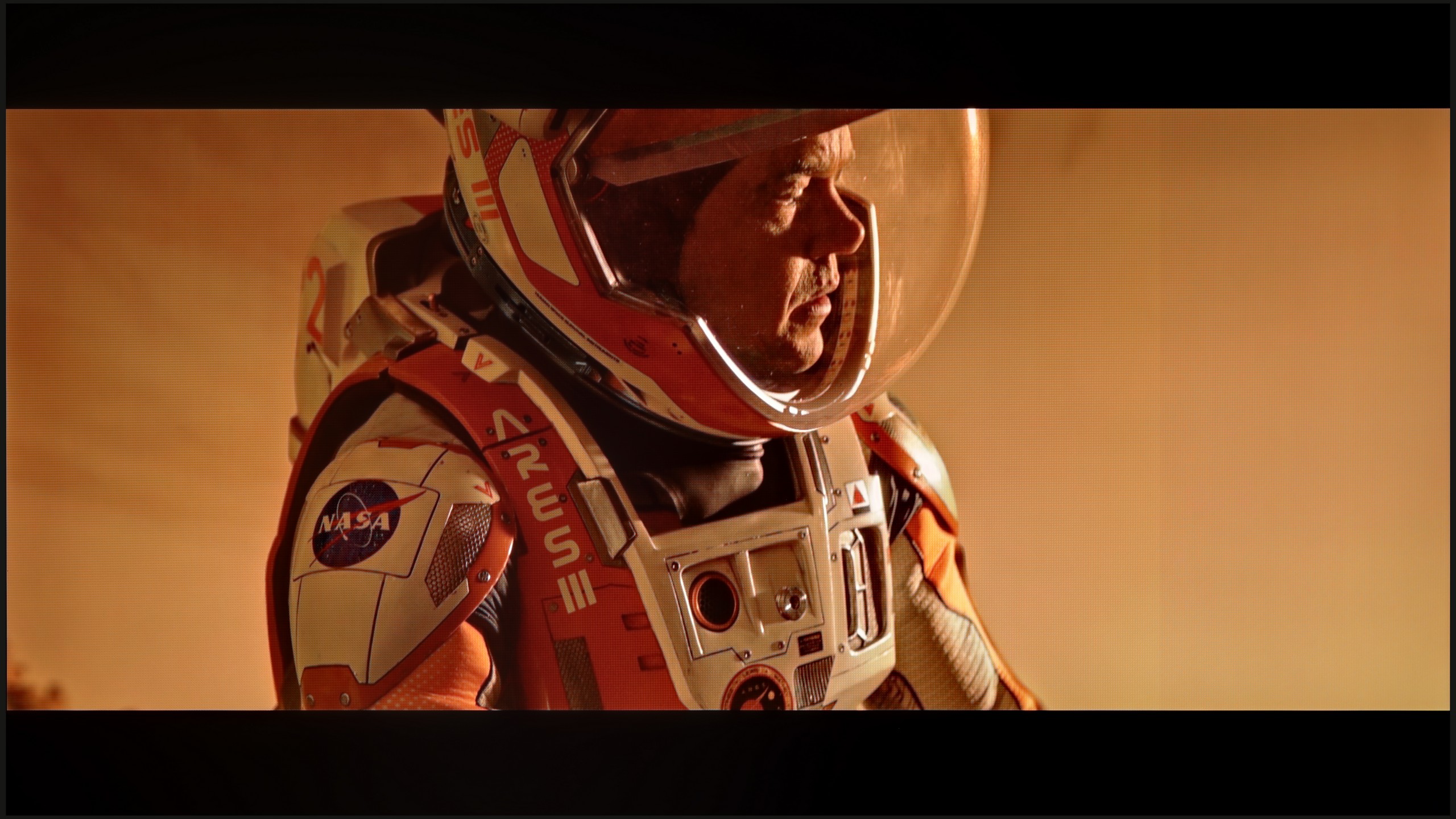

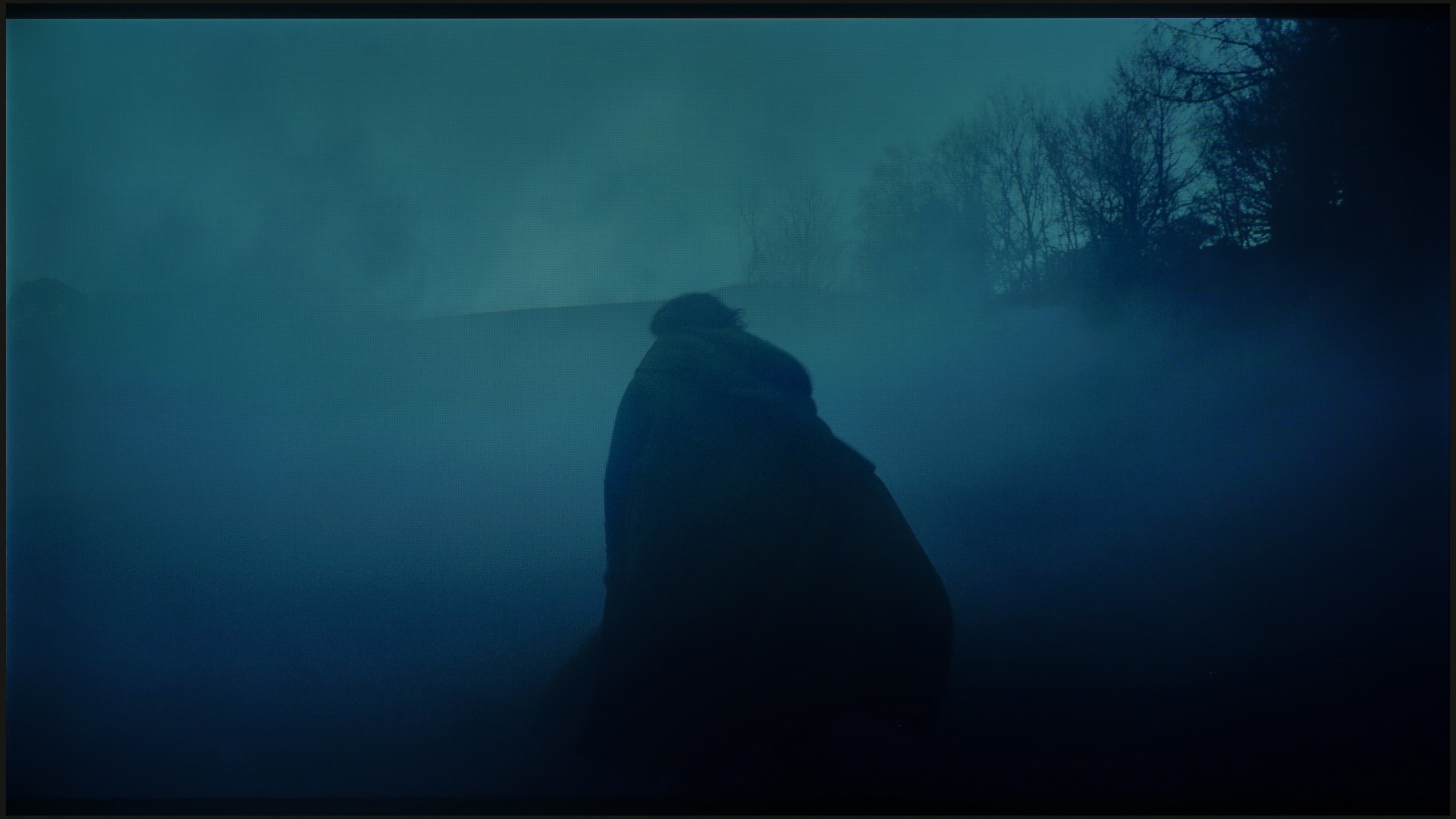

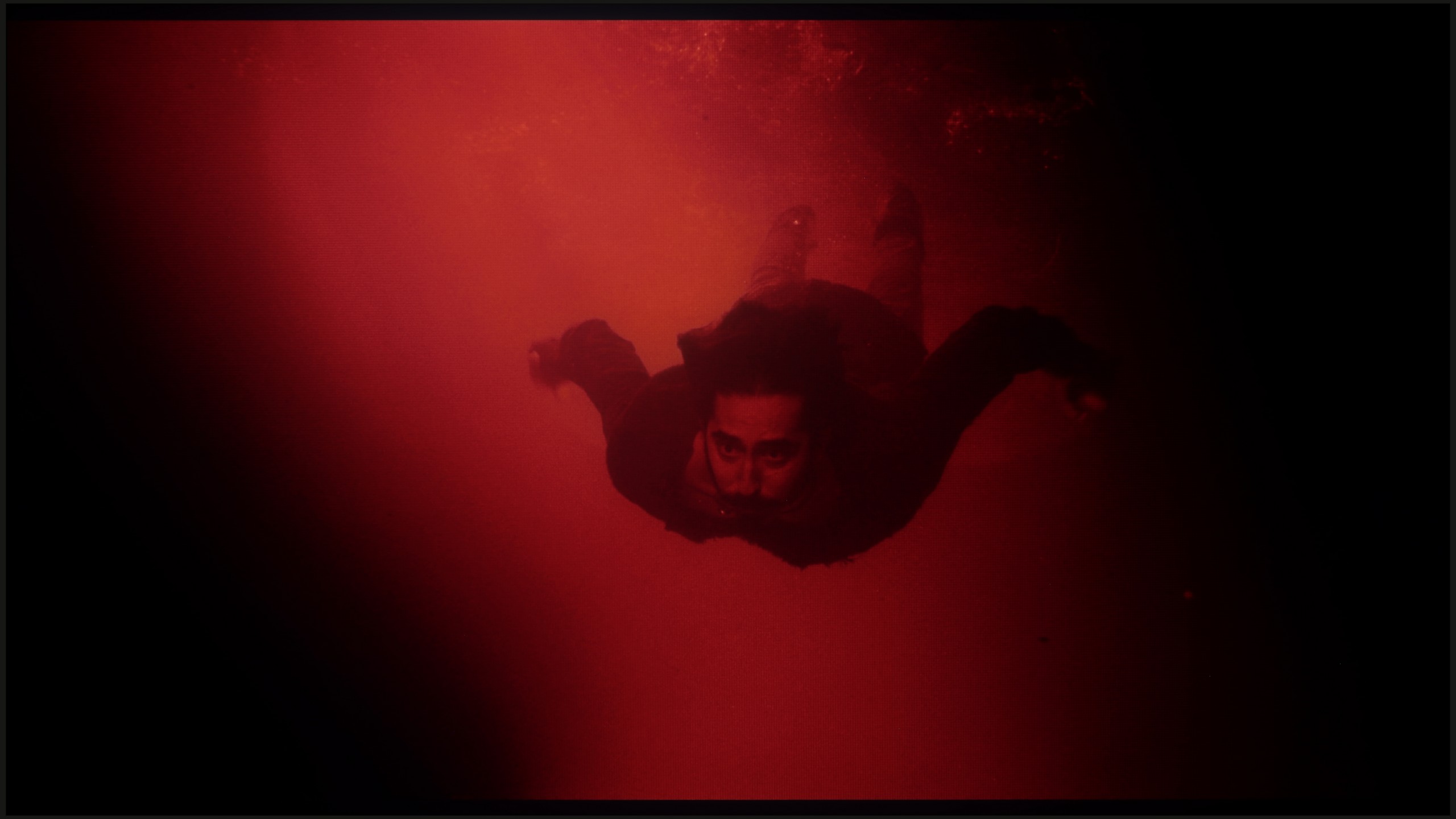




The default quality of gentle gradation on the Sony Bravia 9 without enhancement, is relatively average for its price range and class. While the issue isn't evident with bright backgrounds, it becomes quite noticeable in darker scenes. This is demonstrated in the last two test scenes, where tonal transitions are visible, which may be off-putting to those particularly sensitive to image purity.
The transitions between colors in the C6K are very smooth, and it's hard to find any banding. The image looks natural, and any minor imperfections can only be noticed on bright test patterns – and that with really careful viewing. In everyday use, the effect is simply great, and one can confidently say that in this category, the C6K performs exceptionally well.
Image scaling and smoothness of tonal transitions
8.5/10
5/10
Smooth transition function

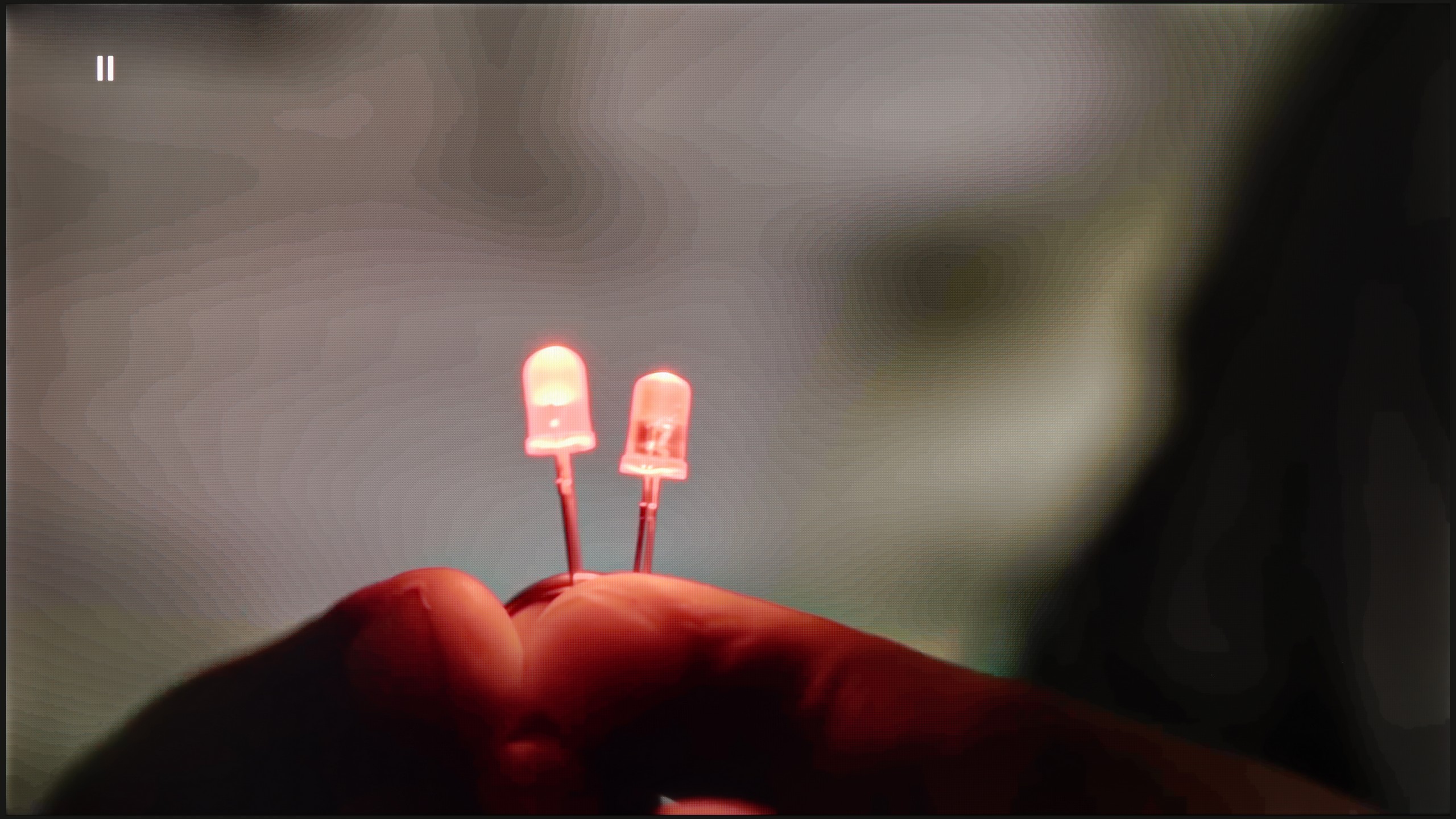
Image without overscan on the SD signal


When analysing the quality of tonal transitions and image scaling, especially for lower-quality materials, the improvement after activating the function for tonal transitions is clear. By default, the quality is quite average, but once the function is turned on, even at the lowest setting, the results are among the best we've seen. This feature can be enabled without worrying about negative side effects, such as film grain blur.
Sony's "XR" processor, which the brand has been touting for several years, lives up to its reputation for image scaling. The image quality is incredibly sharp while maintaining a very natural look. This reinforces that Sony's processing technology is one of the best available, particularly when handling lower-resolution content.
The TCL C6K performs quite well in terms of scaling. Lower quality materials look acceptable, and the lack of overscan issues means that the image is displayed in full, without cropping. However, one cannot expect miracles – content of very low quality will not gain new life here, as the image processor has its limitations. On thin lines or details, the characteristic tearing is visible, which reveals the absence of advanced image enhancement algorithms. It is also a pity that the C6K lacks the feature for smoothing tonal transitions – in older films or video materials, color banding can be noticeable and may be bothersome during long viewing sessions.
Blur and motion smoothness
8.5/10
7.3/10

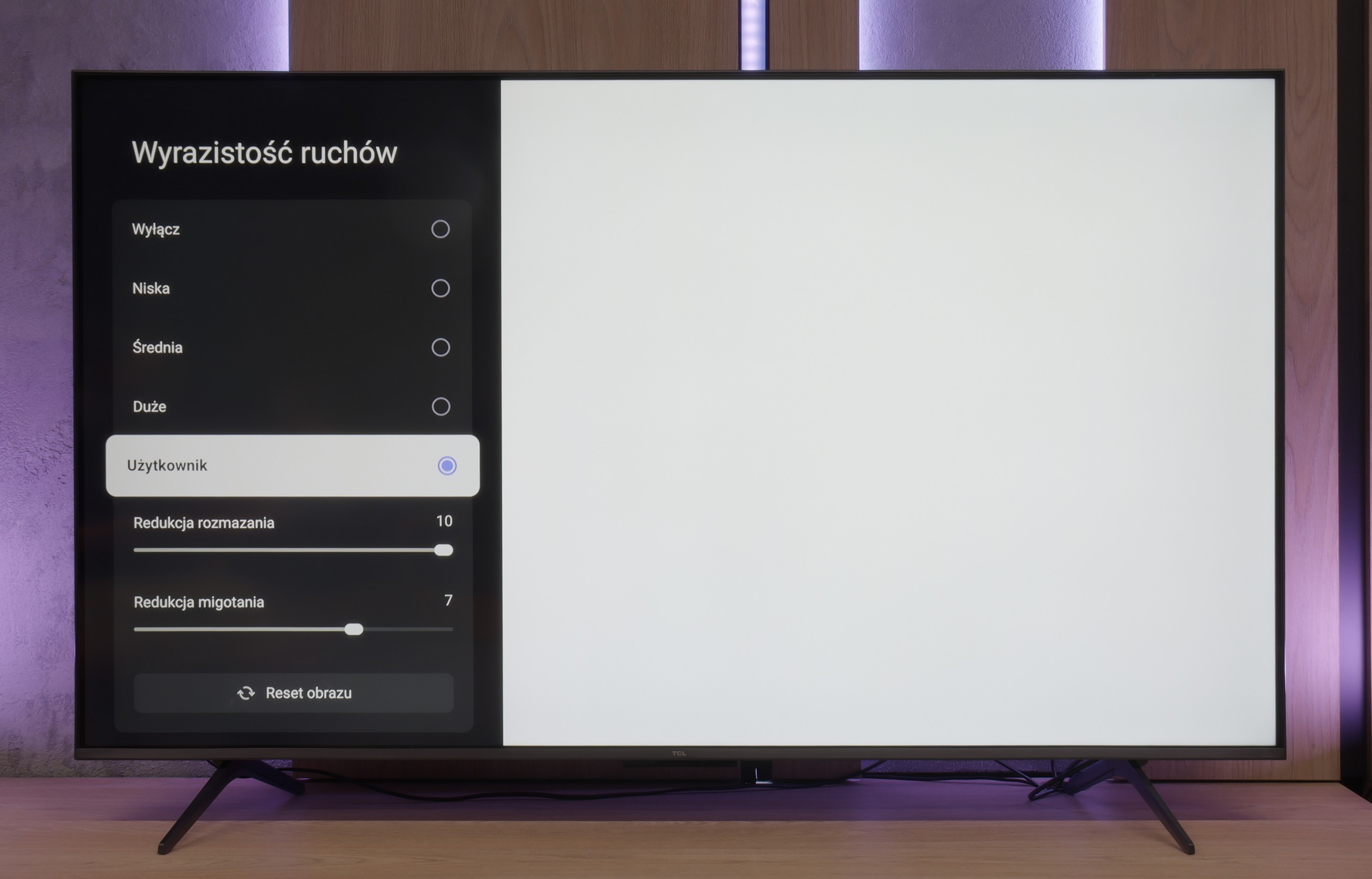
Blur (native resolution, maximum refresh rate):



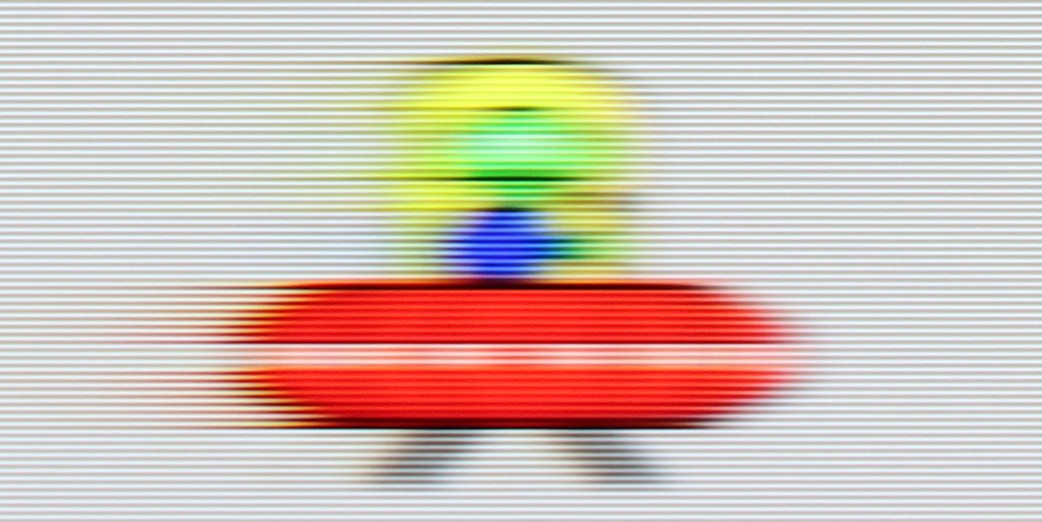
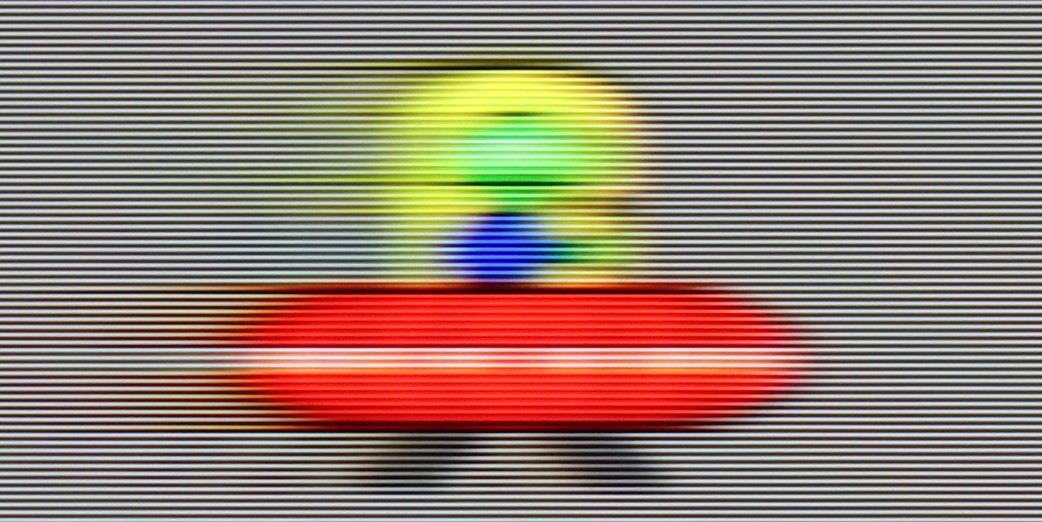
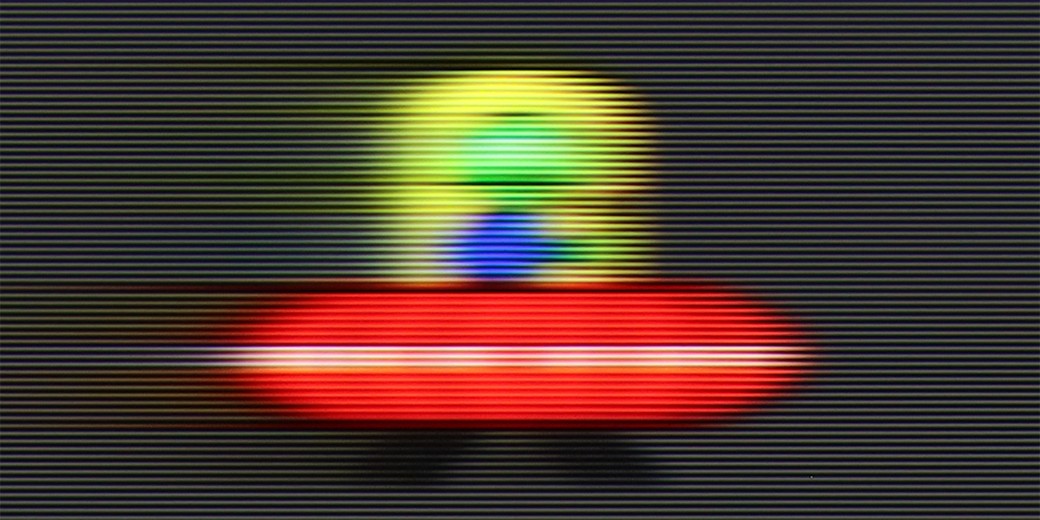
Blur (BFI function enabled):



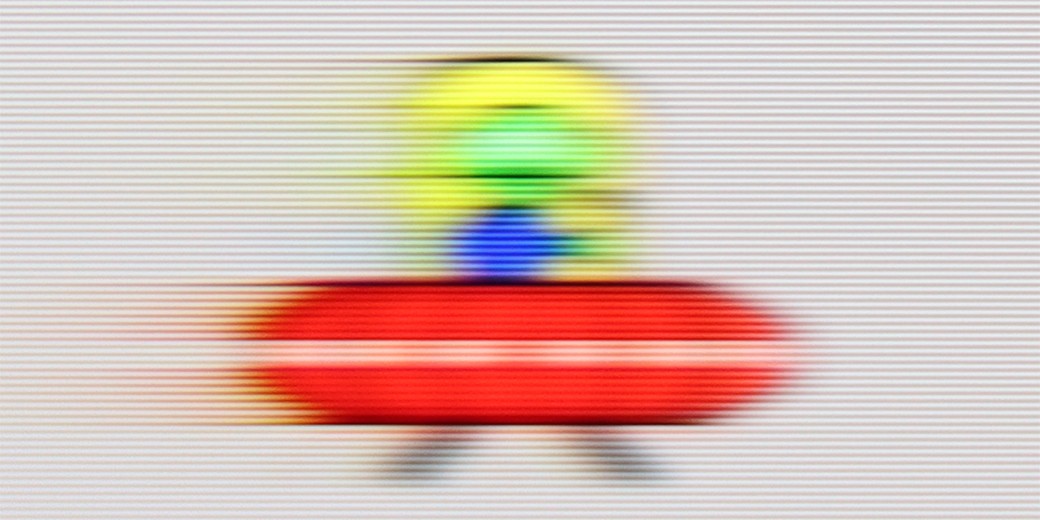
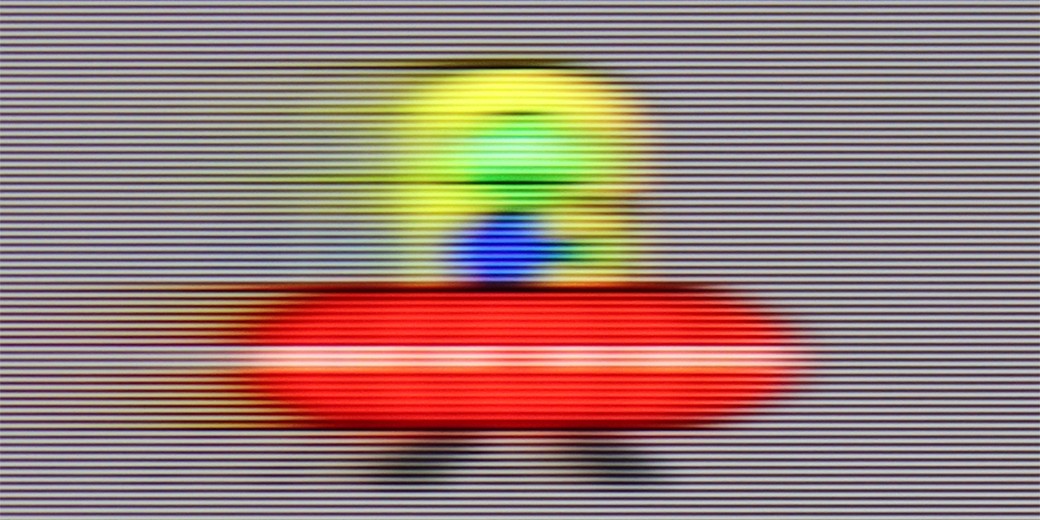
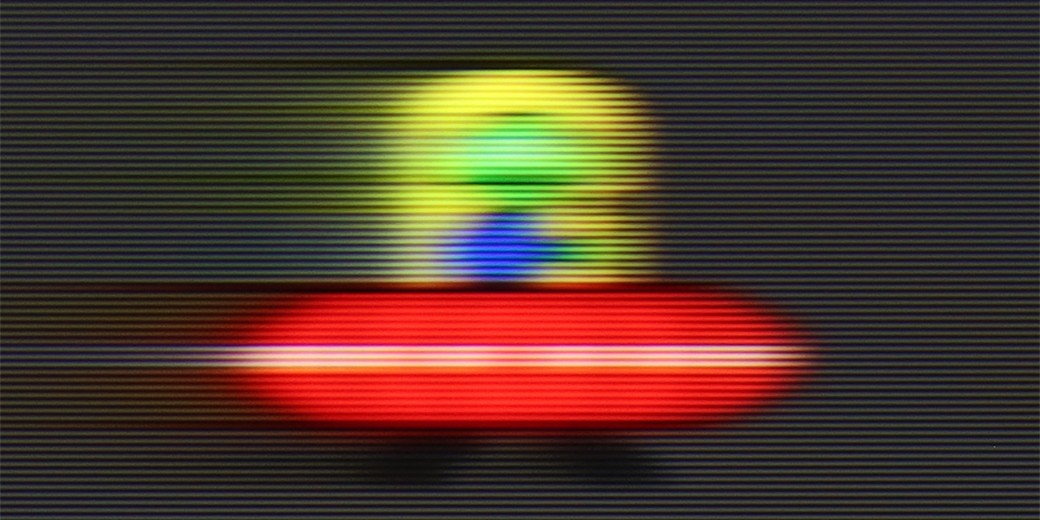
The maximum refresh rate of the Sony Bravia 9 is 120 Hz, the minimum for those primarily watching sports or other high-motion content. This refresh rate ensures the image remains sharp and smooth, even during fast-paced scenes. For more demanding users, Sony has implemented an advanced motion smoothing system, divided into three distinct segments: Smoothness (Film), Smoothness (Camera), and Clarity. These settings can be adjusted to various degrees, allowing users to fine-tune the picture to their preferences. For example, a setting with slight smoothing can be used to avoid the "soap opera effect," delivering a more natural and cinematic viewing experience. This level of customisation ensures that viewers can find their ideal balance between smoothness and clarity.
TCL C6K features a 144 Hz panel, which is a significant advantage in this price range. This is an important step forward compared to the previous model C655 PRO, which offered only 60 Hz at 4K. The difference is especially noticeable when watching sports or playing games – the ball, athletes, or fast action in a game are displayed more clearly and without losing details. An interesting fact is also the ability of the panel to operate at 240 Hz, which the manufacturer does not mention in official materials. We will return to this topic when discussing the game mode for PC.
TCL also added a feature for movie watchers: "Motion Clarity," which allows you to adjust the image to your preferences using two simple sliders. You can keep the movie frame visible or opt for a very smooth, almost theatrical effect. This way, everyone can find settings tailored to their taste.
Console compatibility and gaming features
9.4/10
9.8/10
- ALLM
- VRR
- VRR range48 - 120Hz48 - 240Hz
- Dolby Vision Game Mode
- Correct implementation of HGIG
- 1080p@120Hz
- 1440p@120Hz
- 4K@120Hz
- Game bar

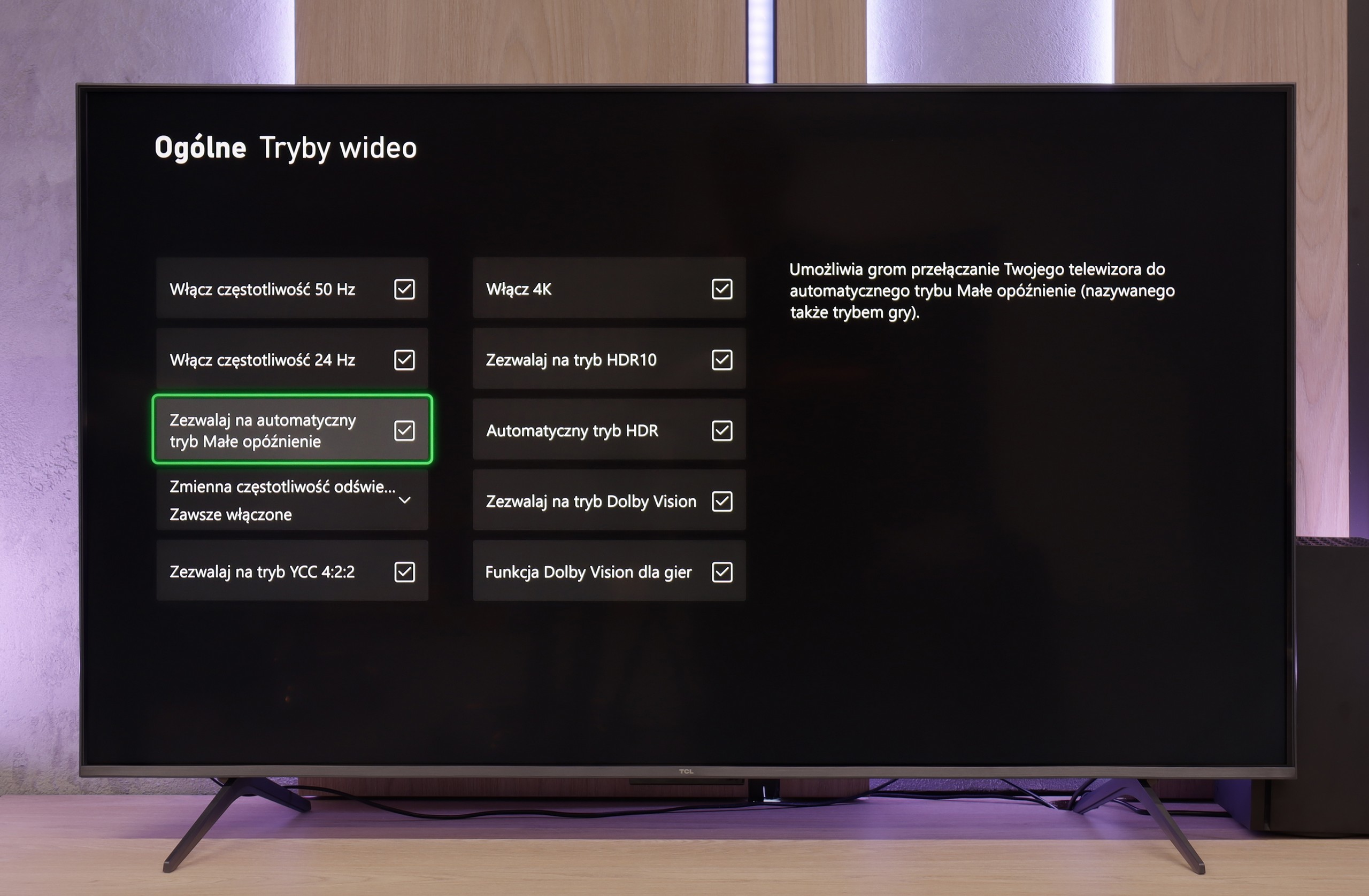

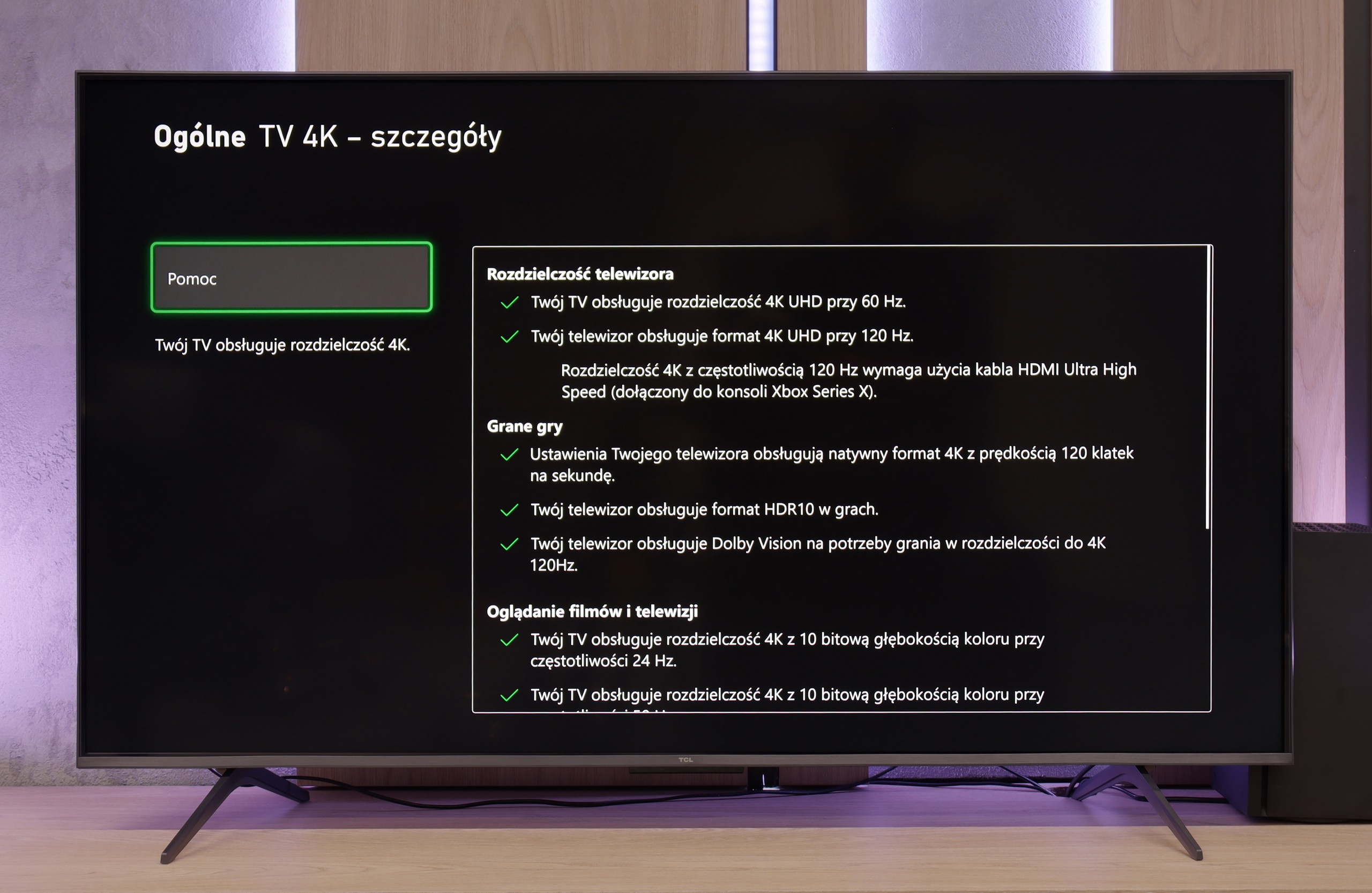

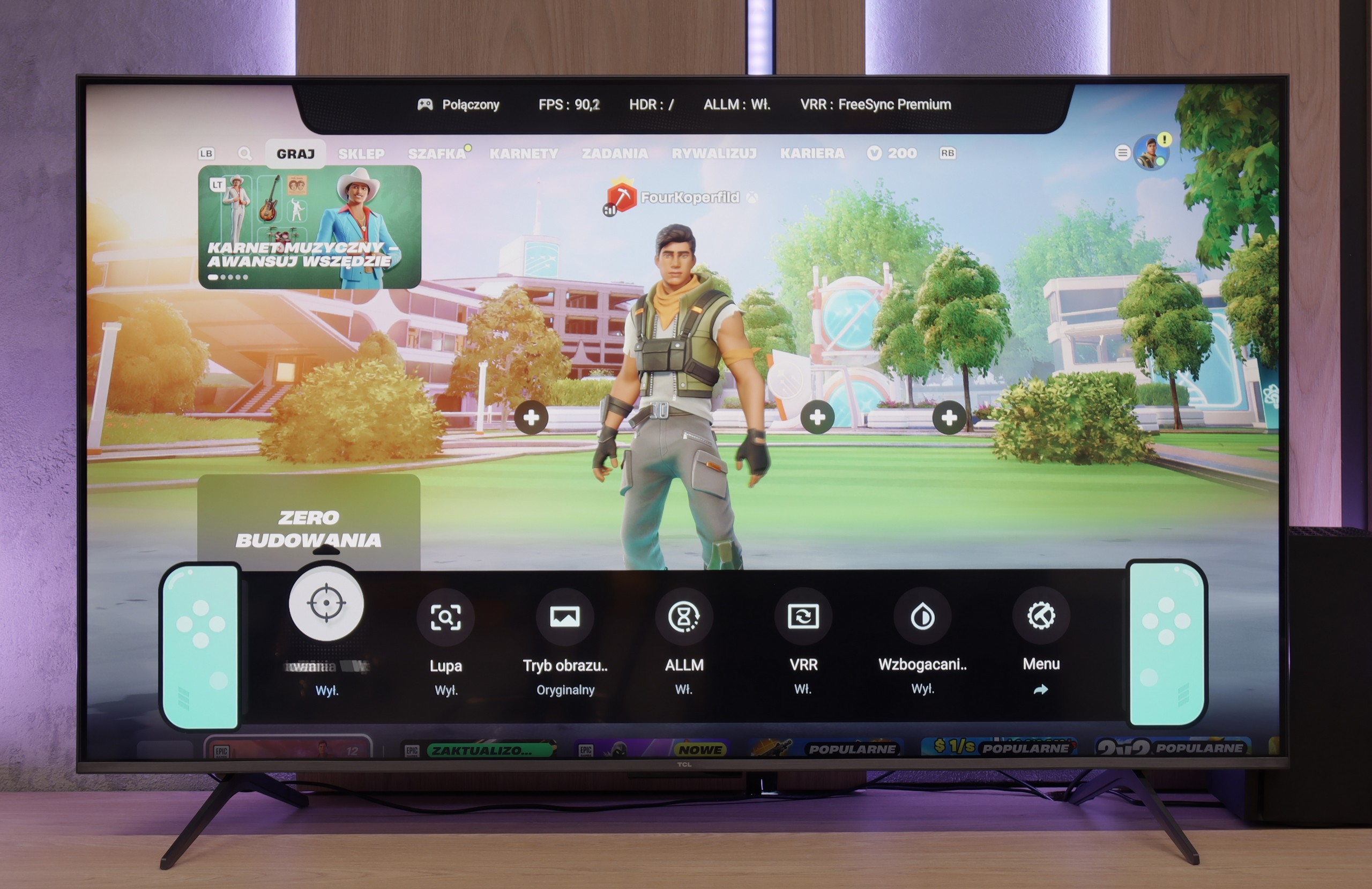

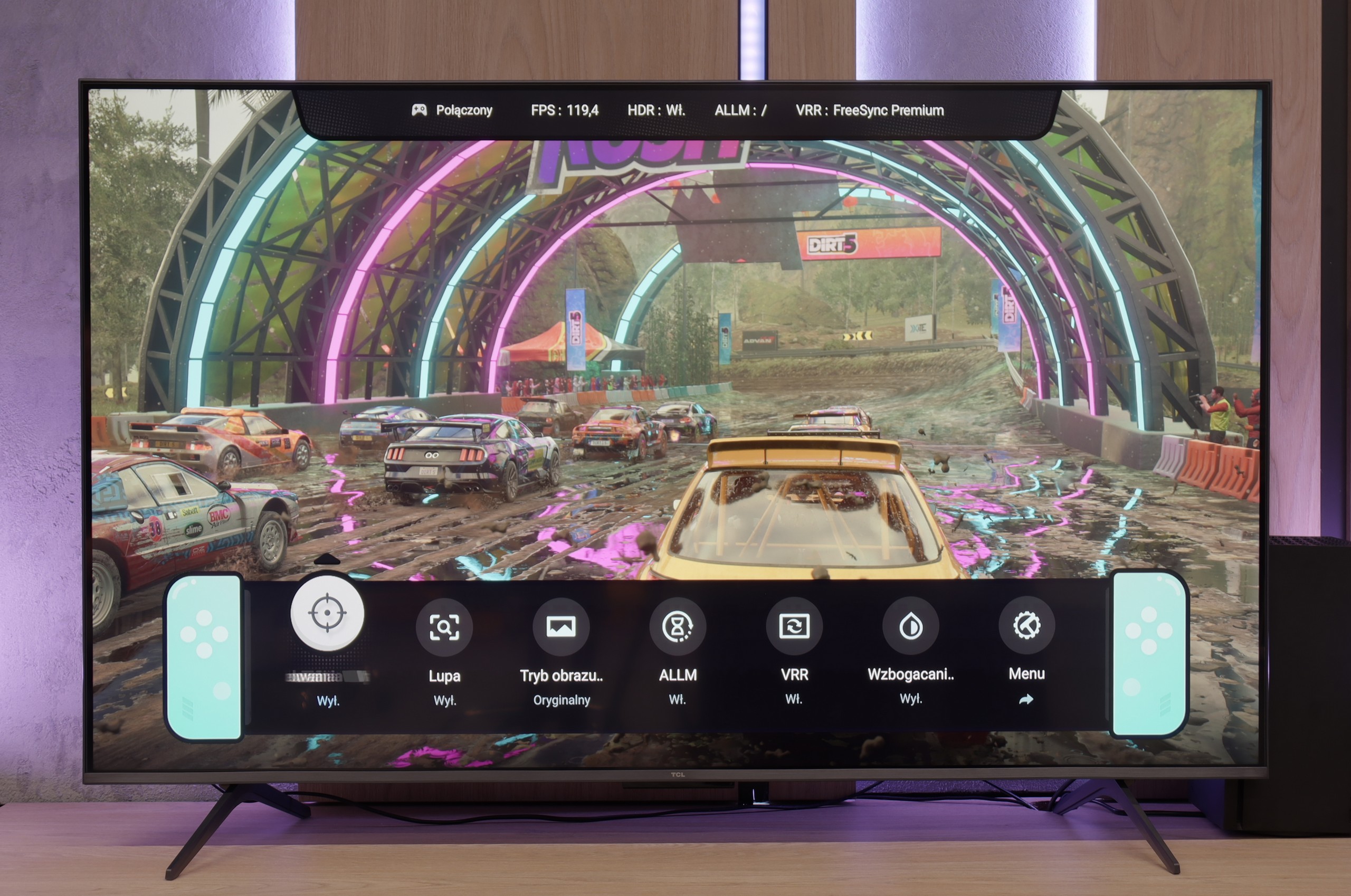
The Sony Bravia 9 television is equipped with four HDMI ports, but what is puzzling for a device of this class is that only two of them operate in the 2.1 standard. Despite this, it should not detract from the fact that nearly all features work excellently, providing a positive experience when using them. Games running in HDR10 or Dolby Vision benefit from low input lag, ensuring a comfortable gaming session. The solid implementation of the HGIG mode is a noteworthy feature, as, after proper calibration, it closely aligns with Dolby Vision.
Sony introduced the GameBar feature to its televisions last year, a standard for many manufacturers. This feature allows for quick adjustment of settings without exiting the game. Its implementation has been seamless, offering conveniences such as a crosshair grid, black level adjustment, and reducing the screen to gaming monitor proportions.
The Sony Bravia 9 will find its fans, particularly among PlayStation enthusiasts. It is a natural pairing since the console and the television share identical capabilities. However, more broadly speaking, despite the minor issues with Dolby Vision in games, the Bravia 9 remains a very good television for gaming overall.
The TCL C6K is a TV that can confidently be called equipment designed for gamers. Here we have 4K at 144 Hz, VRR support, automatic game mode (ALLM), and Dolby Vision Gaming. Additionally, there's a practical Game Bar, a panel with the most important settings readily available – useful when we want to quickly change something during gameplay (e.g., screen aspect ratio: Yes, that’s possible!). The wide VRR range, reaching up to 240 Hz, deserves attention. However, this is mainly an option for PC gamers who drop below the native 4K resolution. Then the TV can spread its wings and show additional smoothness, especially in fast-paced e-sports titles. In the case of consoles, we stick to the classic limit of 120 Hz, but the possibilities are still quite broad. The only drawback is a slight ghosting that can sometimes be seen in dynamic scenes. Other than that, the C6K offers everything gamers expect from a TV.
Input lag
9.7/10
9.7/10
SDR
HDR
Dolby Vision
The delay time on the Sony Bravia 9 remains impressively low in all scenarios. Even the most dedicated gamers will appreciate the exceptionally low input lag, particularly when playing demanding 4K 120 Hz games with HDR, which measures just 10 ms.
In terms of input lag, the TCL C6K performs excellently. With 120 Hz content, the delay is around 10 ms, and at times even less. This is a level at which the response is practically instantaneous, and it's hard to find any objections. For 60 Hz materials, the result is about 18 ms – still a very good result, more than sufficient for comfortable gaming.
Compatibility with PC
7.6/10
8.6/10

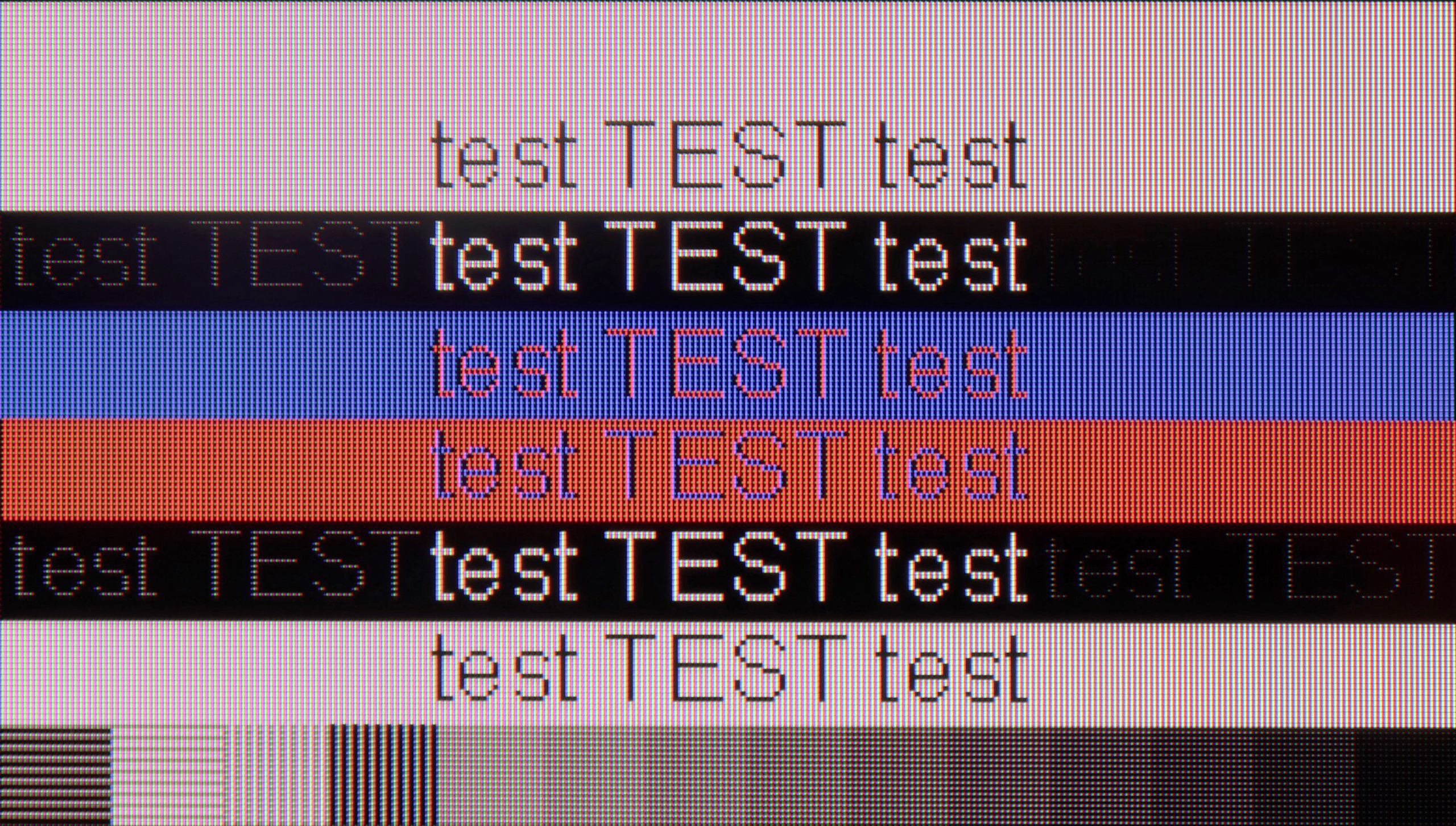
The Sony Bravia 9 delivers excellent performance when combined with a PC, thanks to its low latency of just 9 ms, ensuring an immediate response between the mouse, eye, and screen. This is particularly beneficial for tasks that require precise, real-time feedback. The text readability on the TV is also commendable, especially when switched to "Game" mode, which provides the clearest display. In other modes, text might appear less readable.
The subpixel layout on the Bravia 9 is BGR, which doesn't significantly impact its use as a monitor. While operating systems aren't designed for this layout, causing slight blurring on edges in some cases, the difference is so minimal that only a few users might notice it.
After connecting the TCL C6K to a computer, it performs excellently. At native resolution, we have 4K at 144 Hz, and if we lower the resolution, we can even achieve 240 Hz. Additionally, the television is compatible with Nvidia and AMD graphics cards – supporting both G-Sync and FreeSync. It's also hard to find fault with it for office work. Fonts are sharp and readable thanks to 4:4:4 chroma support, and any minor imperfections are so small that they simply go unnoticed in normal use.
Viewing angles
7.4/10
3/10
The Sony Bravia 9 performs well in terms of viewing angles, thanks to the application of an angle coating. This reduces the typical colour degradation and contrast drop often seen in TVs with VA panels. While a significant deviation from the central axis does lead to some image instability, the overall viewing experience remains positive, offering better off-axis performance than many other VA panel-equipped televisions.
In the TCL C6K, the viewing angles are typical for a VA matrix. Sitting directly in front, the image looks very good, but any shift to the side results in a noticeable drop in color saturation and brightness. The difference is particularly visible in colorful scenes – the colors become washed out, and the contrast loses its depth. Compared to IPS panels, this is clearly a weaker result, although the trade-off is better black levels and higher native contrast "something for something."
TV efficiency during daytime
9.5/10
6.4/10

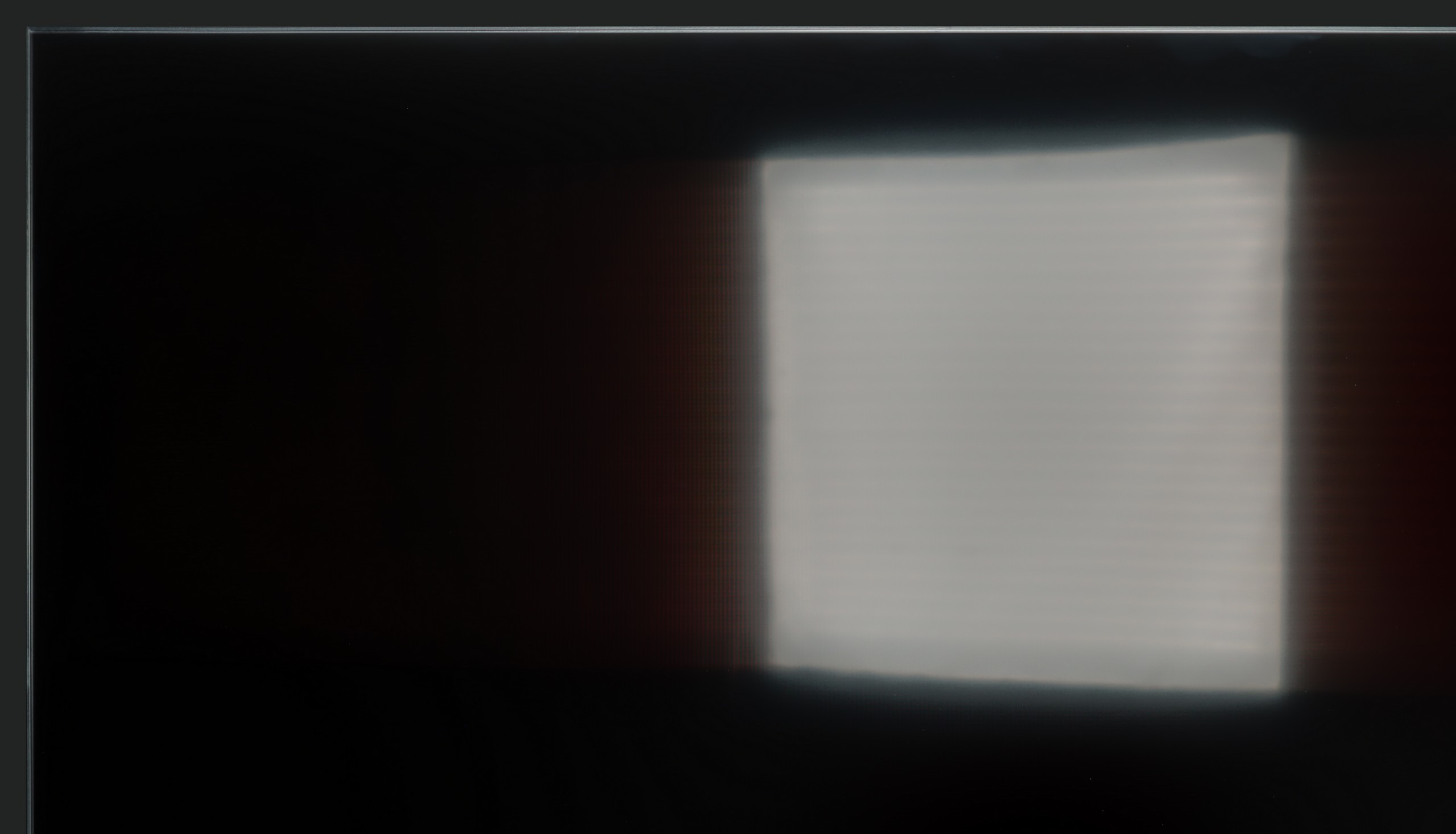


Matrix brightness
Average luminance SDR
TCL C6K: 532 cd/m2
Sony Bravia 9 (XR90): 1609 cd/m2
The Sony Bravia 9 excels in bright environments, with a peak brightness of 1600 nits. This allows for a comfortable viewing experience even when the TV is exposed to harsh angled light. Reflections are minimal and do not significantly affect the viewing quality, making it highly suitable for watching during the day. As a result, the Bravia 9 earns an almost perfect score for its performance in well-lit conditions.
TCL C6K performs quite well in bright lighting conditions. The panel offers decent brightness – in SDR content, it reaches around 550 nits, which allows for comfortable television viewing in an average living room, even on days with strong light coming through the windows. This means that daytime viewing does not require complete darkening of the room. It's also worth noting that the screen coating does a good job of reducing reflections, so the television doesn't turn into a "mirror" even in bright light. However, this is not the level of top models with more advanced anti-reflective coatings – in very challenging conditions, such as with large windows, reflections will be noticeable.
Details about the matrix
Subpixel Structure:

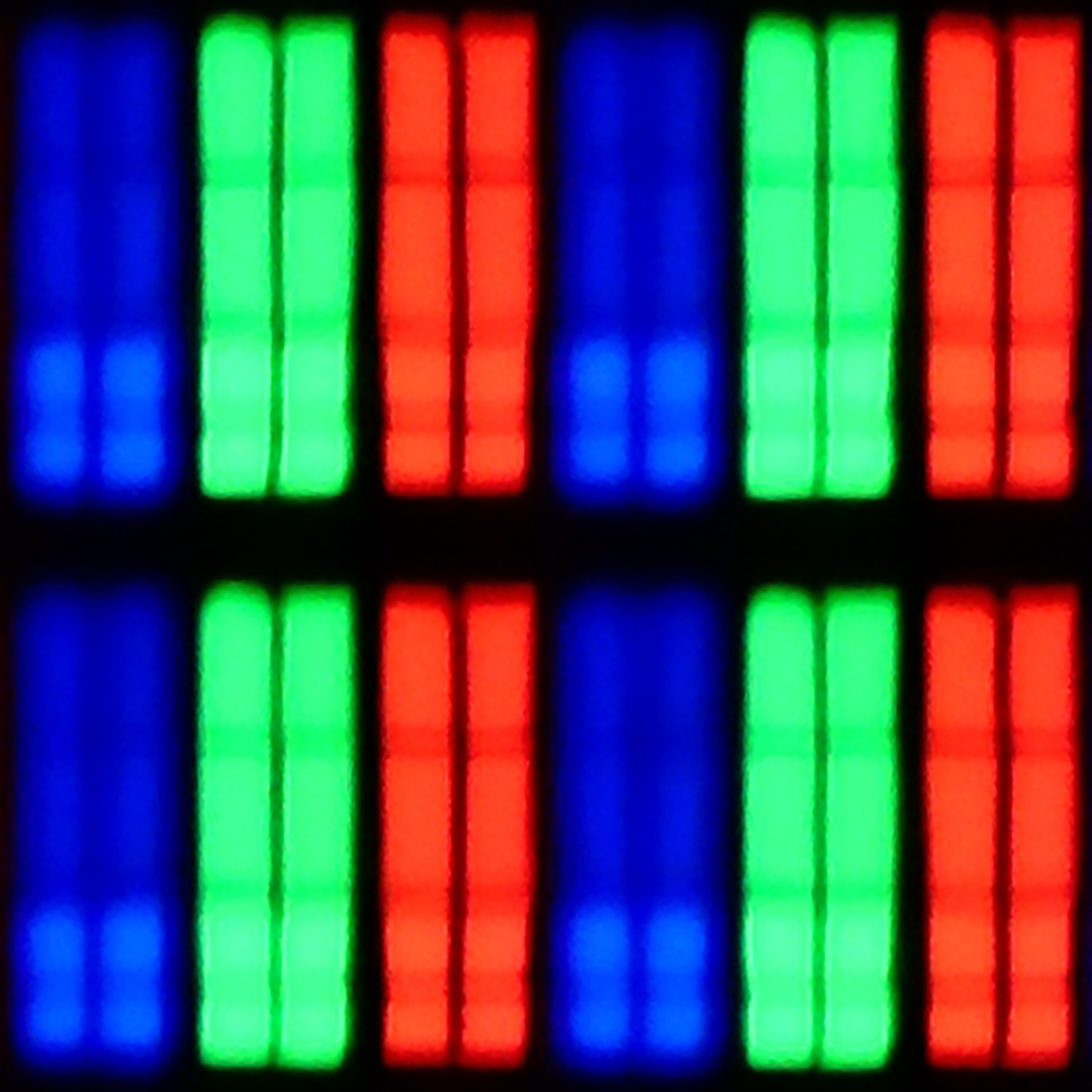
Panel uniformity and thermal imaging:

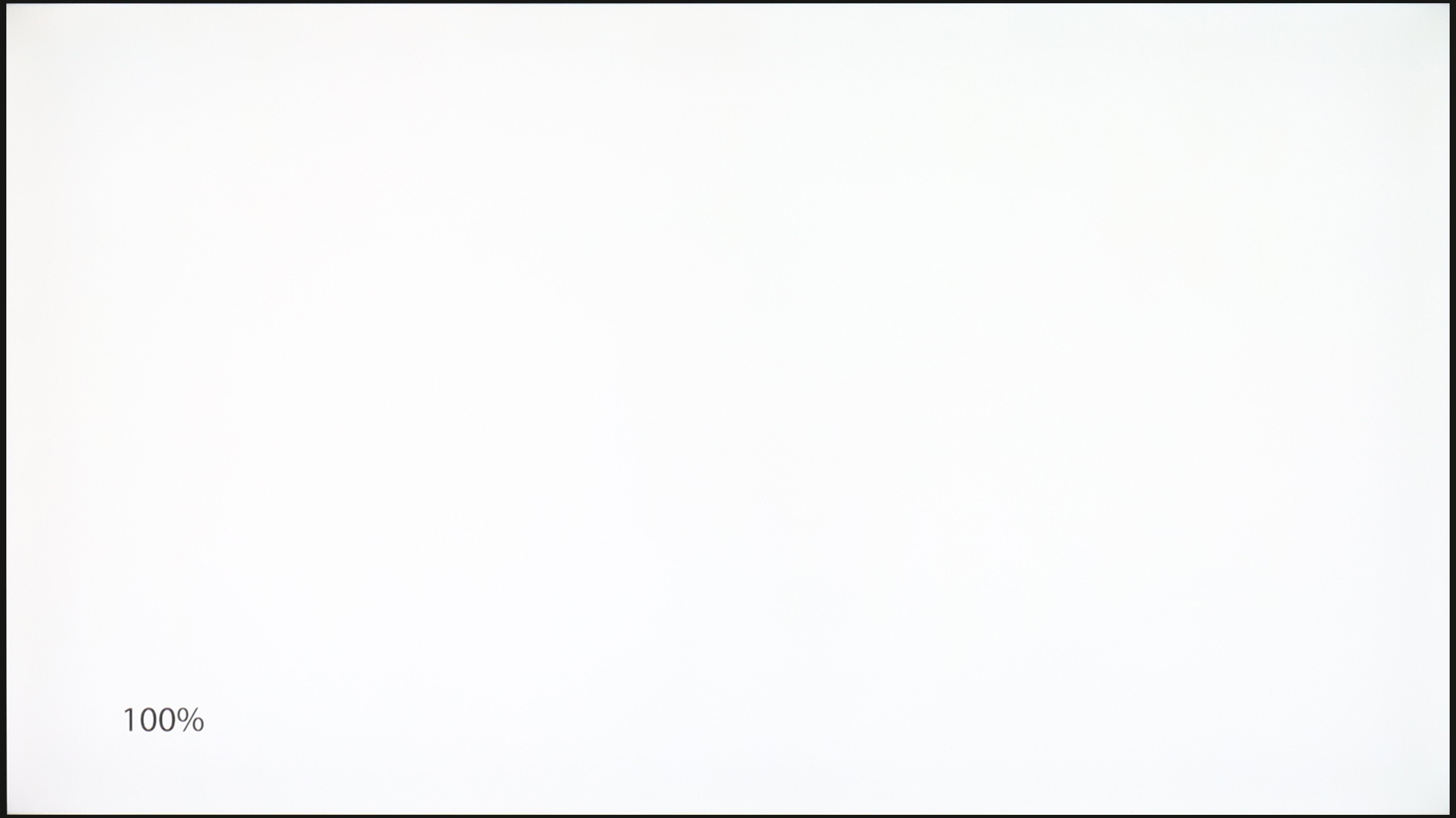
Sony Bravia 9 (XR90)
TCL C6K
TV features
8.8/10
7/10
- HDMI inputs2 x HDMI 2.0, 2 x HDMI 2.1 48Gbps2 x HDMI 2.0, 2 x HDMI 2.1 48Gbps
- OutputsToslink (Optical audio), eARC (HDMI), ARC (HDMI)Toslink (Optical audio), eARC (HDMI), ARC (HDMI)
- Network InterfacesWi-Fi 2.4GHz, Wi-Fi 5GHz, Ethernet (LAN) 100MbpsWi-Fi 2.4GHz, Wi-Fi 5GHz, Ethernet (LAN) 100Mbps
- TV receptionDVB-T, DVB-T2, DVB-S, DVB-S2, DVB-CDVB-T, DVB-T2, DVB-S, DVB-S2, DVB-C
Classic features:
- Recording to USB (terrestrial TV)
- Recording programming
- Picture in Picture (PiP)
- RF remote control (no need to aim at the screen)
- Backlit remote control
- Teletext
- Audio only mode
- Bluetooth headphones support
- Simultaneous Bluetooth headphones & TV audio
Smart features:
- AirPlay
- Screen mirroring (Windows Miracast)
- Voice search
- Voice search in native language
- Ability to connect a keyboard and mouse


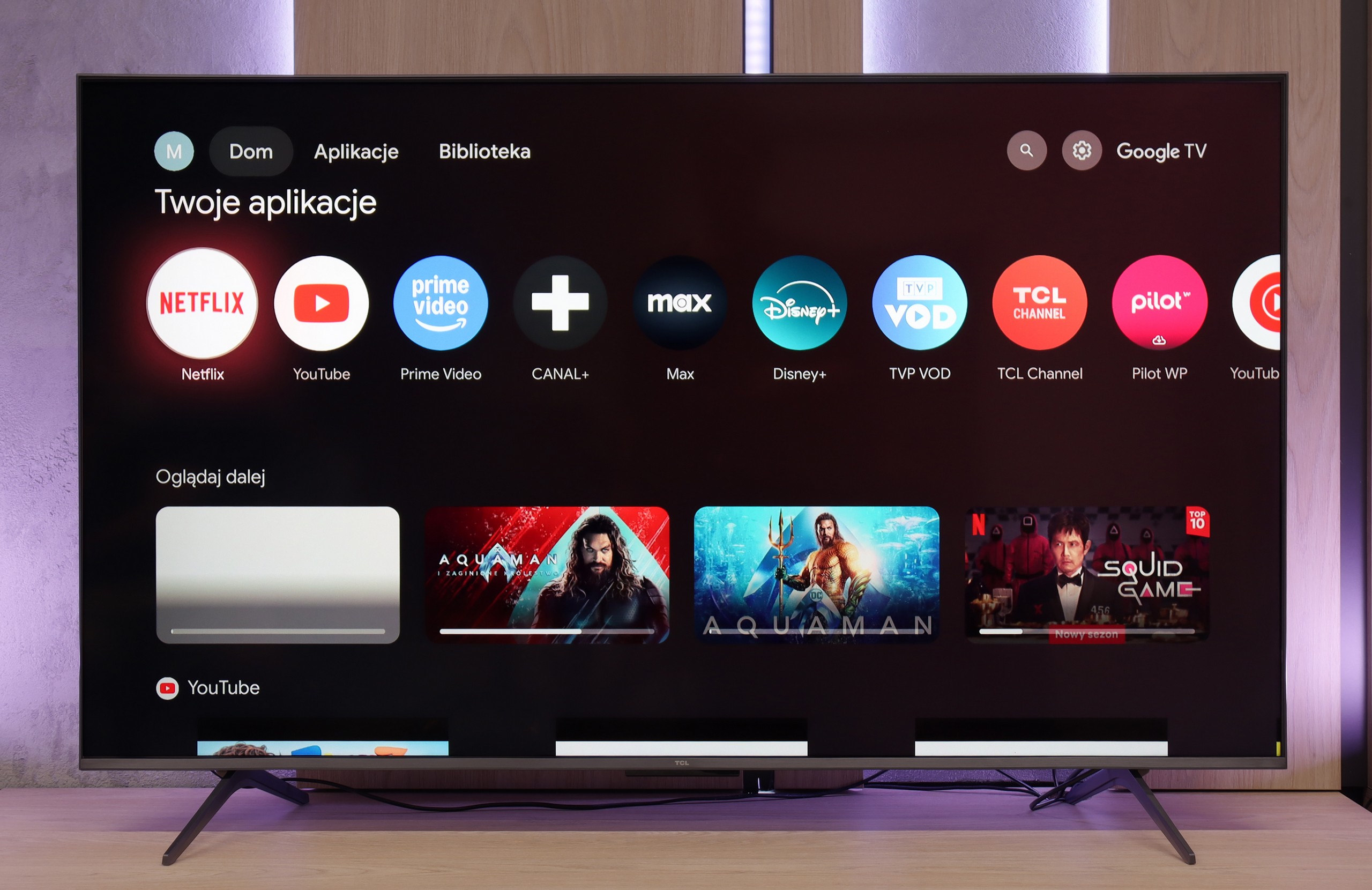
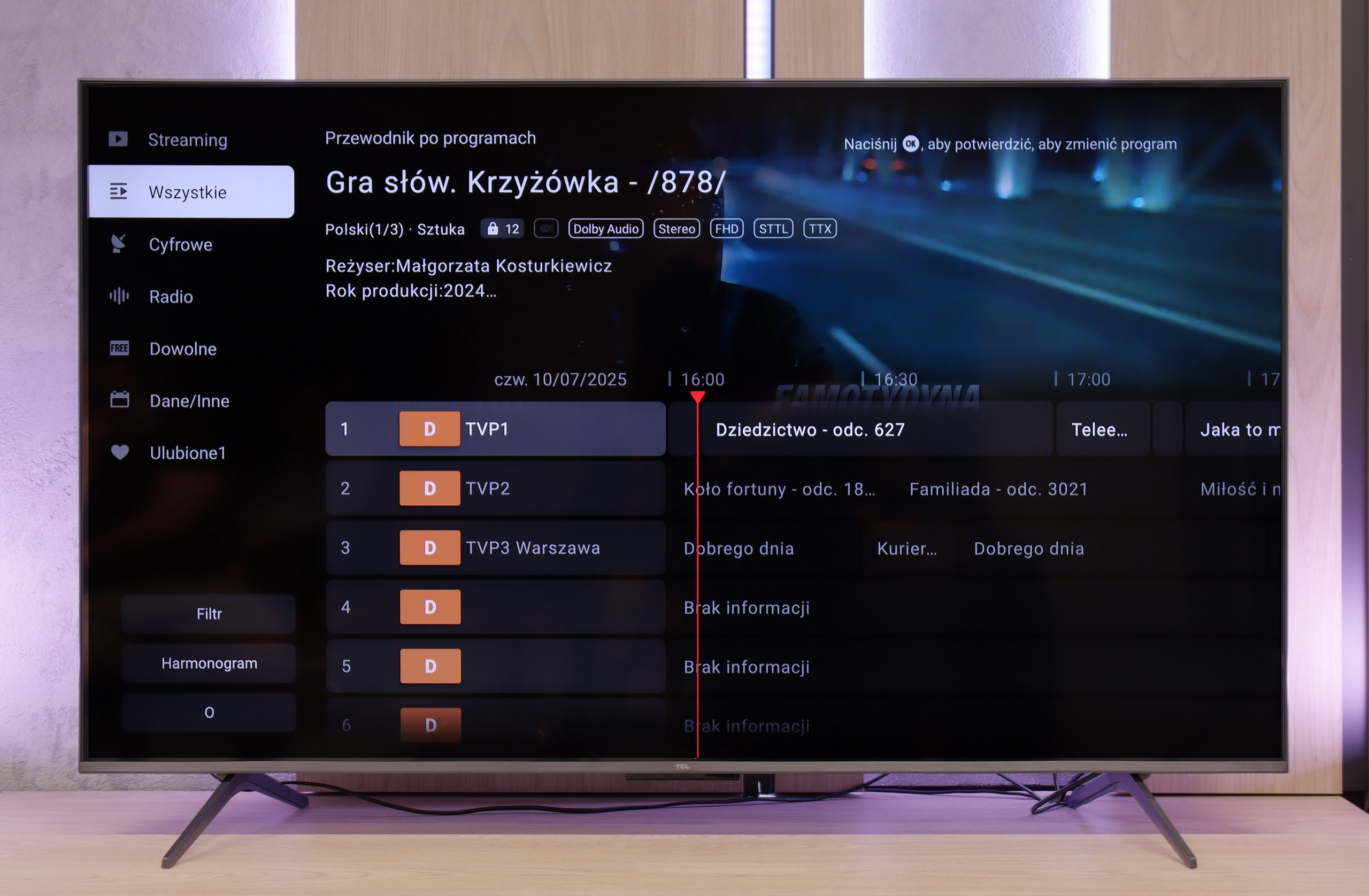
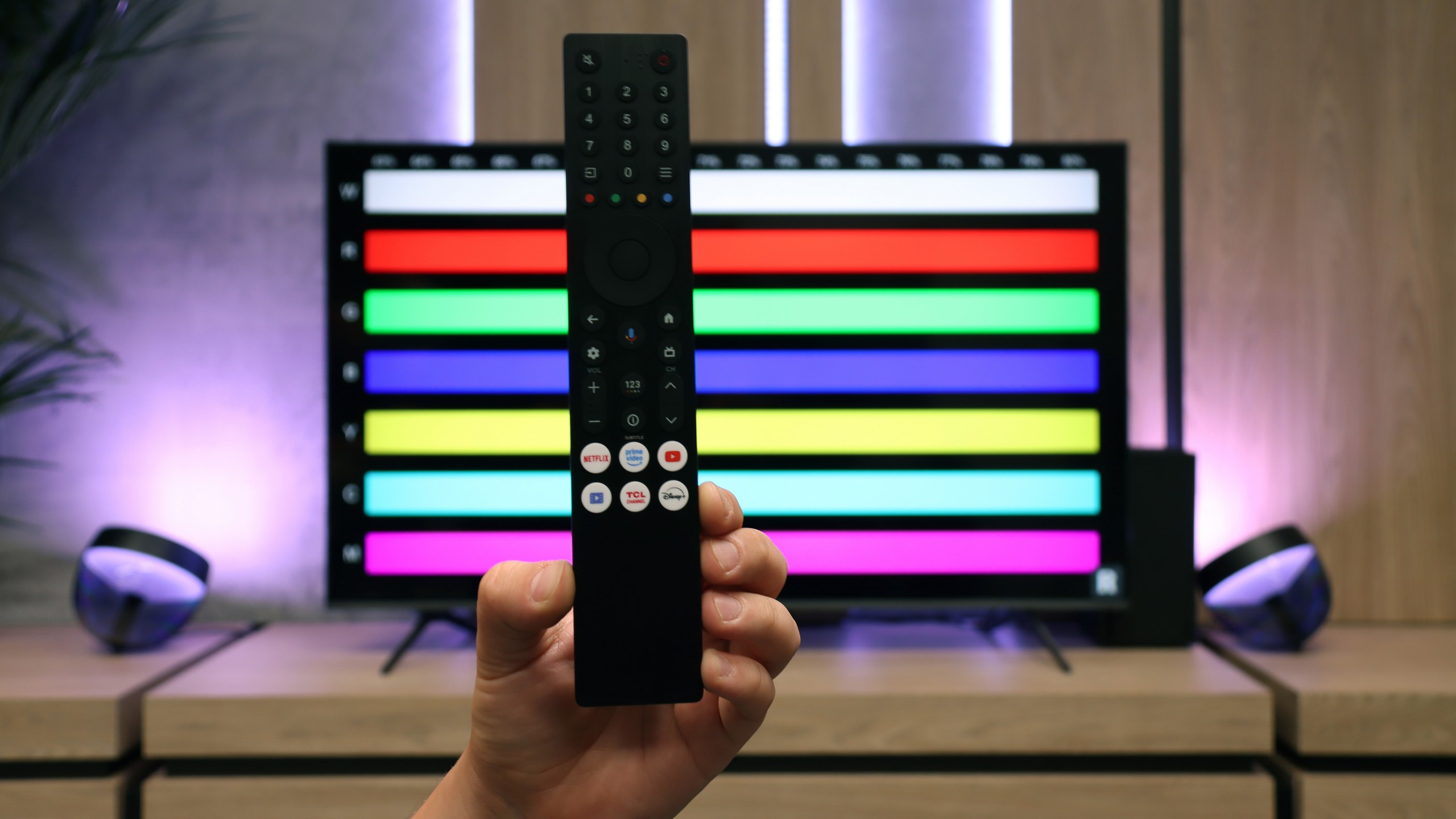
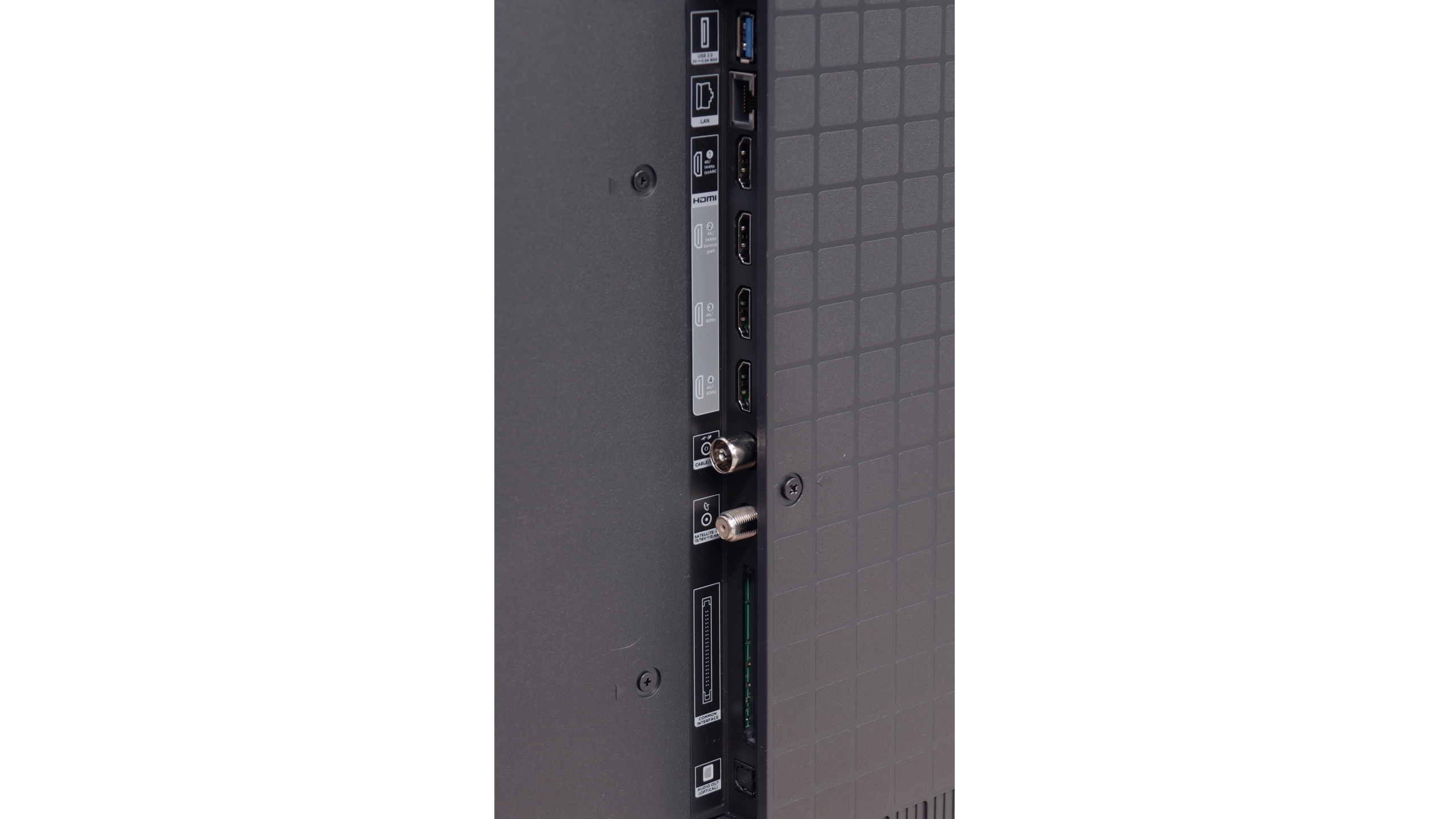
The Sony Bravia 9 benefits from the Google TV system, which stands out compared to TVs with proprietary operating systems. Google TV allows for the easy installation of applications from the official store and external sources via APK files. This flexibility makes it a more accessible option for users who want to expand their TV's functionality.
Additionally, Google TV offers various user-friendly features, such as connecting a keyboard with a touchpad, which makes typing queries more convenient. Voice control via the remote also works effectively, though there are occasional minor issues with translation. Google TV is regularly updated, enhancing functionality and adding new features, although some users have reported occasional performance hiccups.
Overall, Google TV is one of the most popular and efficient systems, offering a smooth experience with minimal lag or freezing. For those seeking an open, feature-rich system that maximizes the potential of their TV, Google TV is the best option.
Multimedia Features: Google TV
The strongest user aspect of the TCL C6K is undoubtedly the Google TV system. It gives the television character and provides it with an edge over many competitors. We have a full suite of services here – from support for popular streaming applications, to screen mirroring, all the way to AirPlay, which also makes iPhone users feel at home. In addition, there is Google Assistant (recently in the Gemini AI version), which not only answers questions but also performs simple commands efficiently, e.g., changing channels or searching for content on VOD services. The system itself works quite responsively, although it must be noted that there is a certain drawback – the awkward translations in the Polish menu can evoke a smile, but sometimes require a moment of thought to decipher what is really meant.
Classic Features
When it comes to classic television features, the TCL C6K is rather average. There is no USB recording or PiP mode, which may be disappointing for some. However, the manufacturer did not forget the basics – teletext TV and a clear EPG are available, which still matter to some users. In everyday use, the support for external audio devices via Bluetooth also comes in handy – a simple way to connect a speaker or headphones, which can be a practical solution for seniors. Beyond that, it is difficult to find elements that would distinguish the C6K from its competitors – it is simply a solid, but standard package of basic functions.
Playing files from USB
8.7/10
8.9/10
Supported photo formats:
Maximum photo resolution:

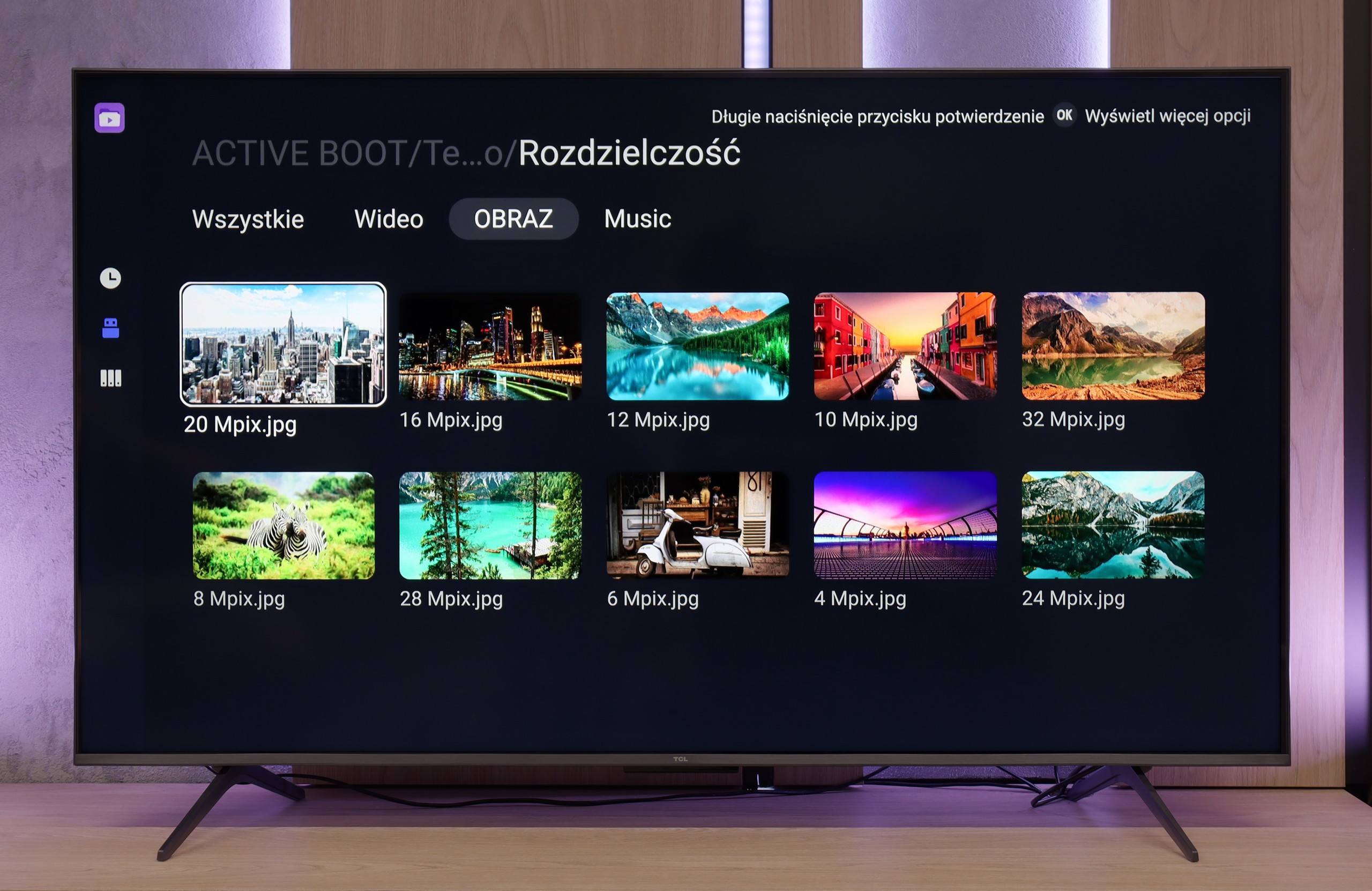
The built-in player in the Sony Bravia 9 performs well, handling a wide range of media files with ease. However, it does have a few limitations. Notably, it does not support certain subtitle formats like .sub or .txt, and its image format support is limited to JPEG and HEIC, which may be a drawback for users with diverse media collections. That said, these shortcomings are not major issues, as the ability to install third-party applications like VLC or KODI provides an easy workaround for those seeking broader compatibility. Overall, the built-in player offers solid performance, and with the flexibility of additional apps, users can enjoy almost any media format without trouble.
The built-in media player in the TCL C6K performs really well – practically all popular file formats work without major issues. There are, of course, minor exceptions, especially with less common codecs or atypical video file configurations, but in everyday use, this is rarely noticeable. The biggest advantage, however, is that the TV runs on Google TV, which provides full freedom in choosing additional software. If someone encounters a file that the standard player cannot handle, it is enough to install an alternative – such as VLC – and the problem disappears.
Apps
9.6/10
9.6/10














































Sound
9.4/10
6.5/10
- Maximum volume--
- Dolby Digital Plus 7.1
- Dolby True HD 7.1
- Dolby Atmos in Dolby Digital Plus (JOC)
- Dolby Atmos in Dolby True HD
- DTS:X in DTS-HD MA
- DTS-HD Master Audio
We must admit that the sound from the Sony Bravia 9 impressed us. While we anticipated high-quality audio from such a top-tier product, the sound quality exceeded expectations. Every instrument is distinguishable, and the bass adds a solid depth to the overall experience. Without a doubt, this is the best-sounding television we've had the opportunity to test. Of course, we understand that many buyers of this kind of premium TV will already own a home theatre system. Thankfully, the Bravia 9 supports DTS-HD Master Audio and Dolby Atmos, meaning there are no significant obstacles when connecting it to more advanced audio setups. This ensures a seamless integration for those looking to enhance their audio experience even further.
In terms of audio, the TCL C6K performs quite well. The manufacturer has been boasting about its collaboration with the Onkyo brand for several years, and it indeed reflects in the sound quality. The audio is pleasant, with clear mids and quite a clean high end, and the whole sound gives the impression of being well balanced. Of course, this will not replace a full-fledged soundbar, especially in terms of bass depth, but for built-in speakers in a TV from this price segment – it's really very good.


